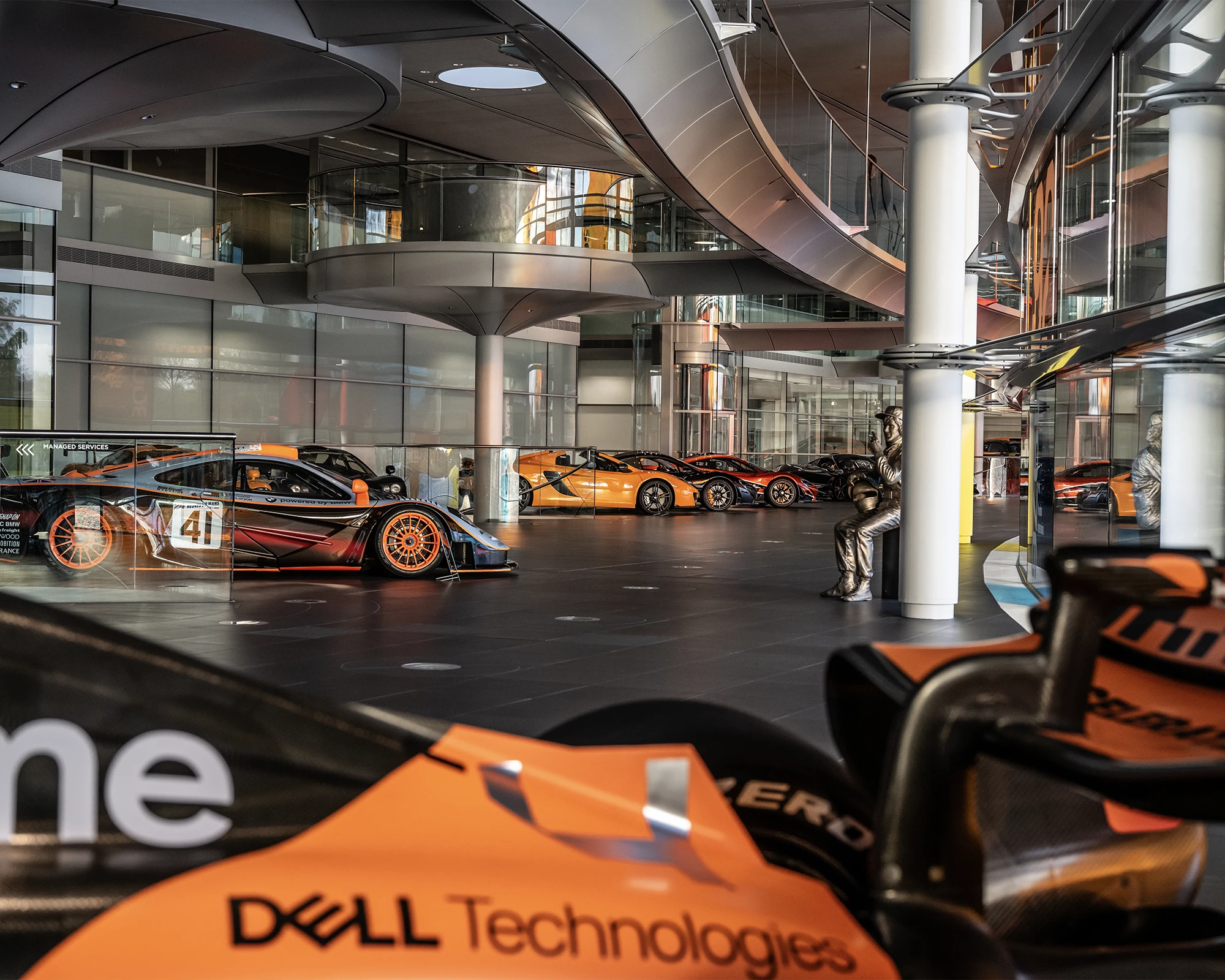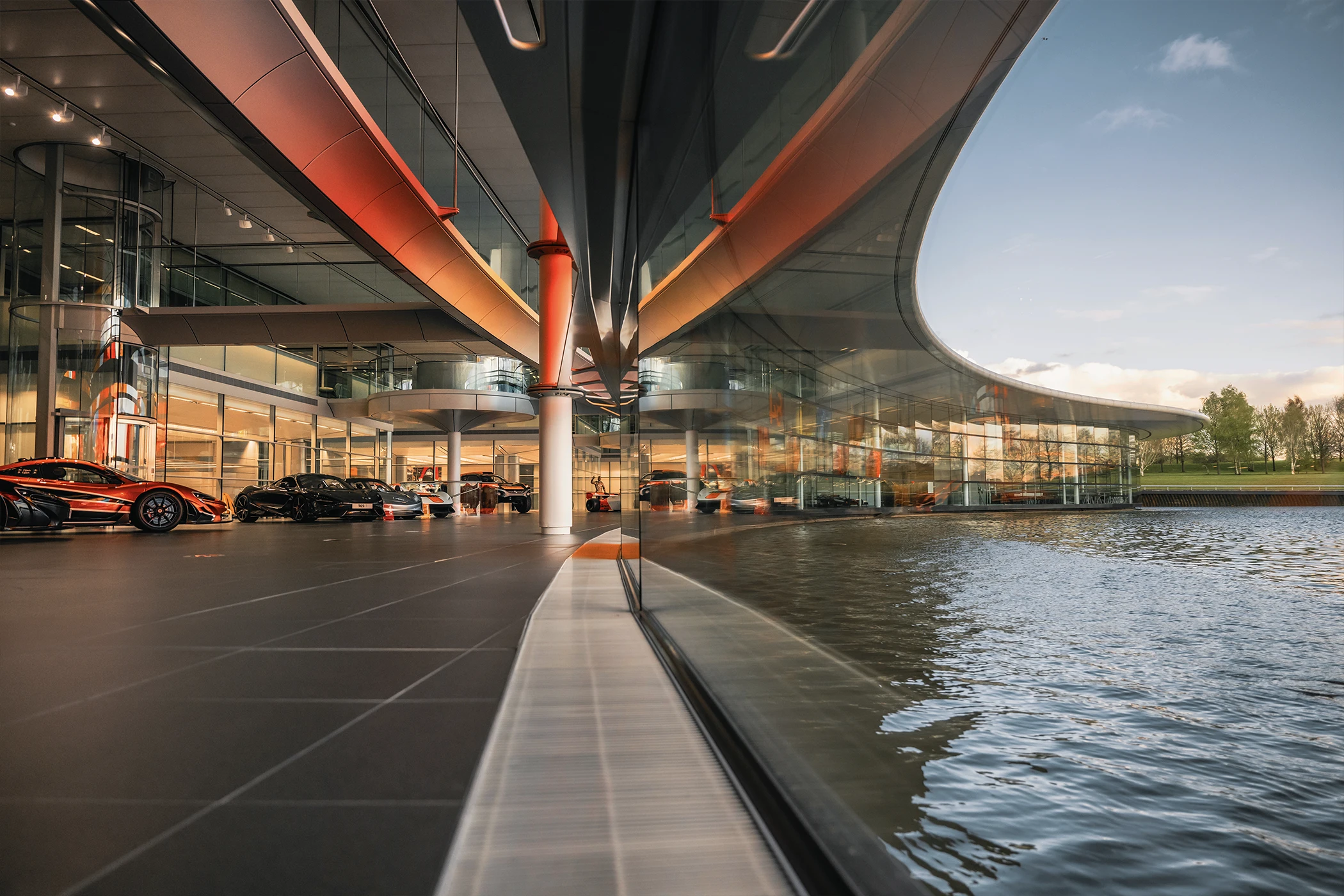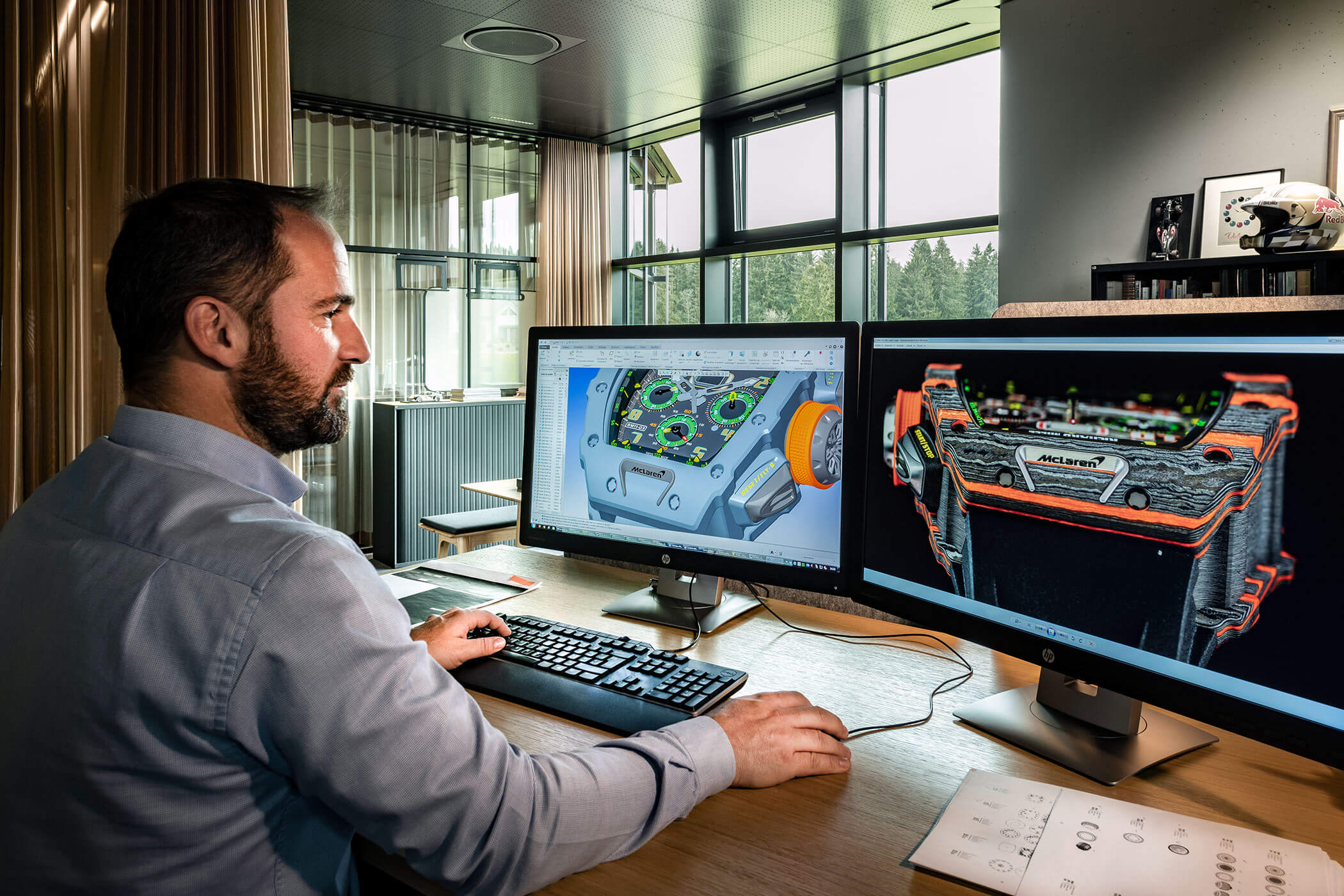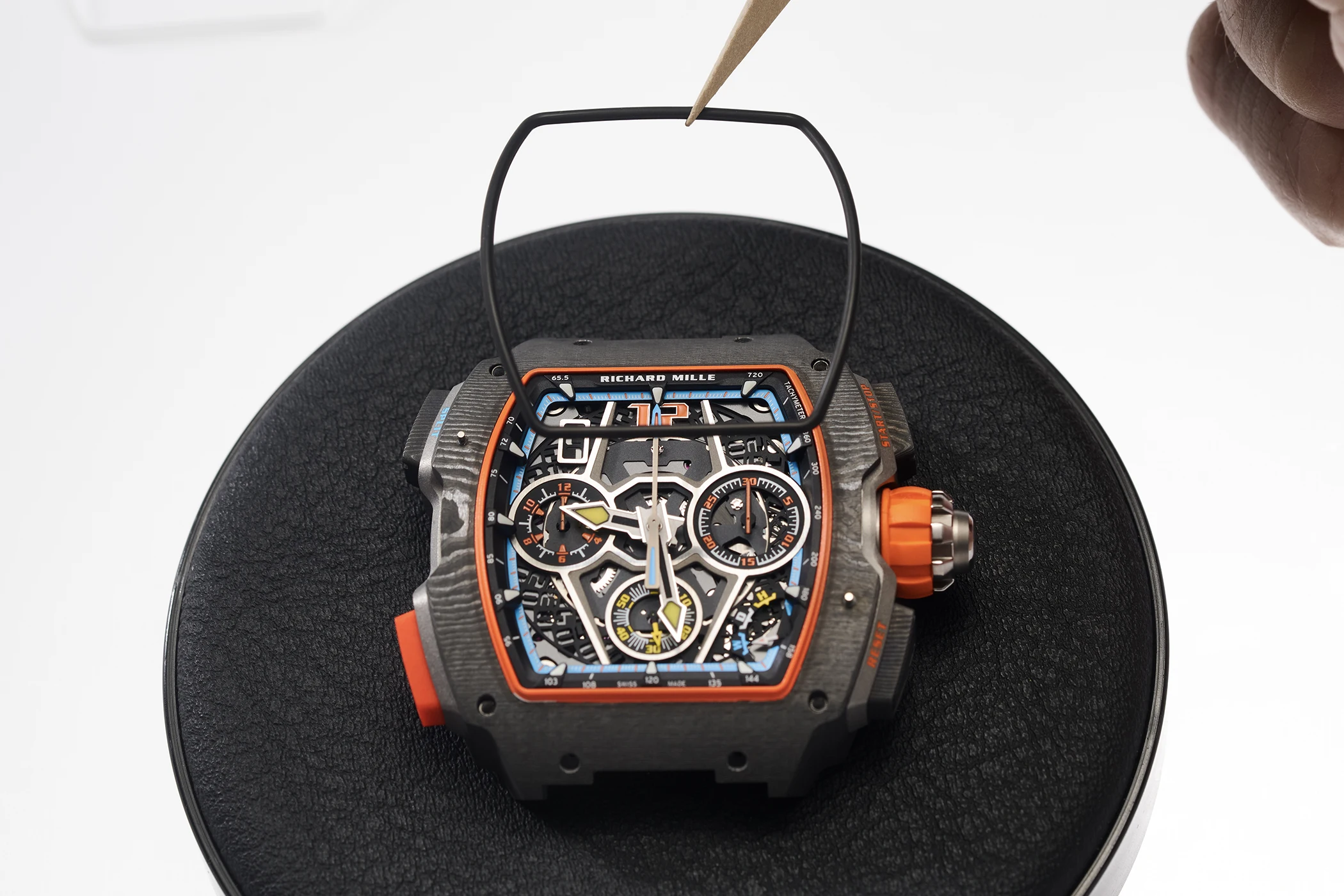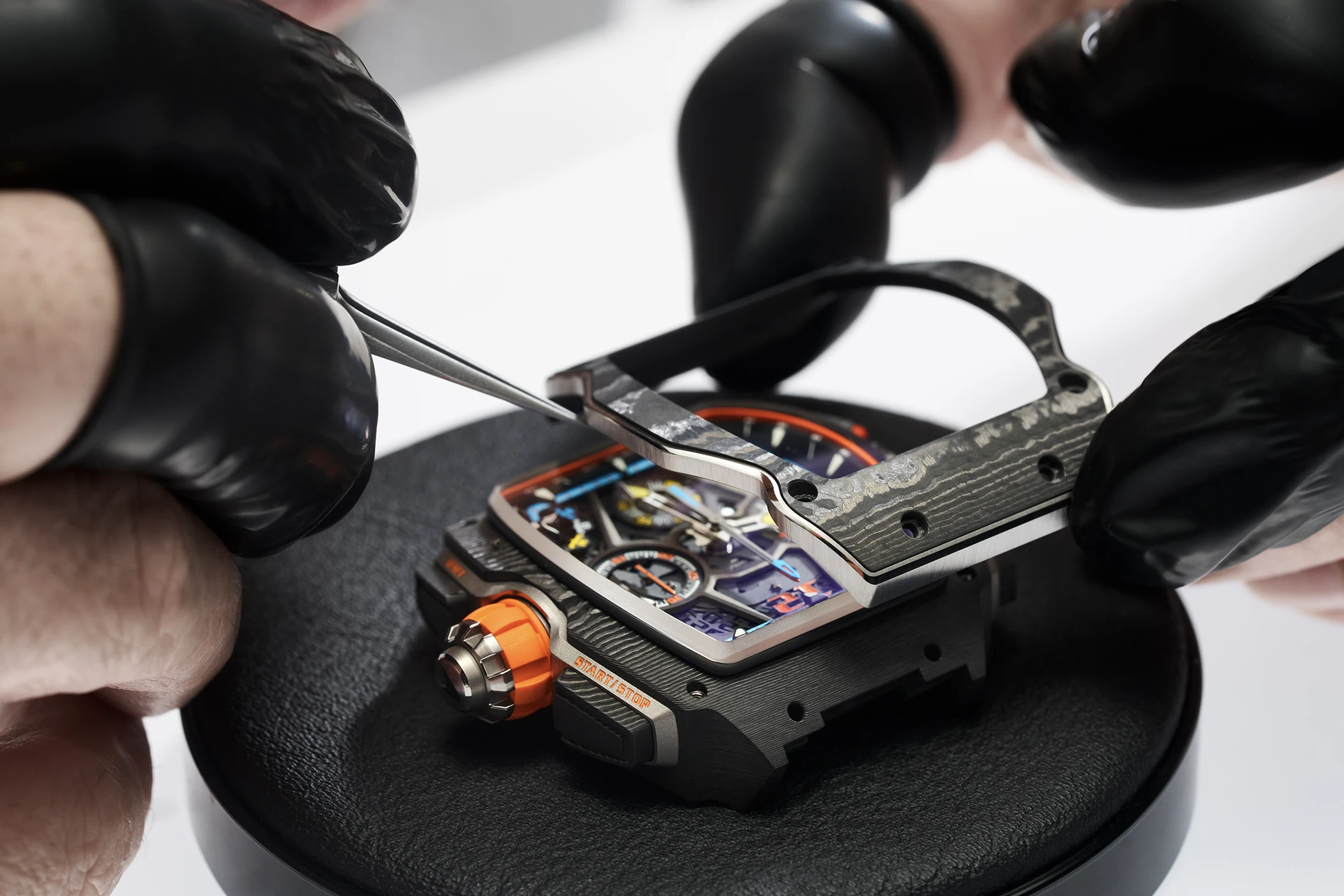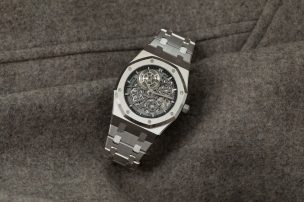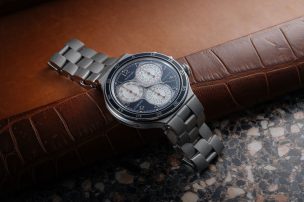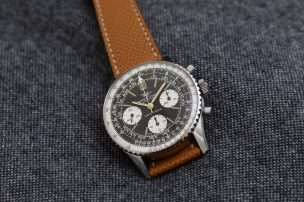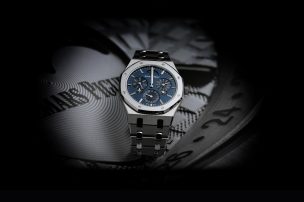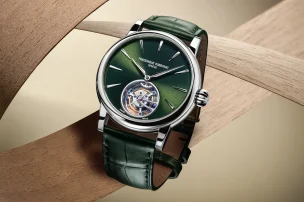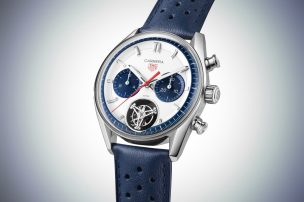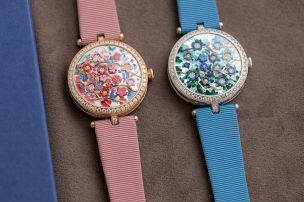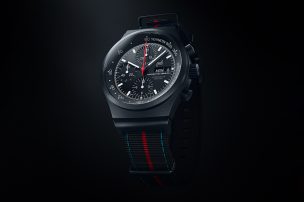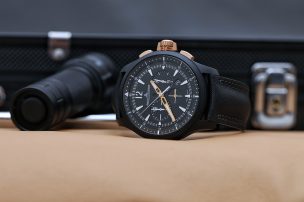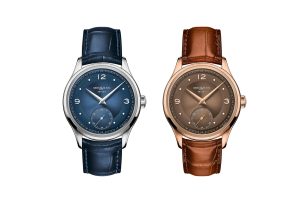
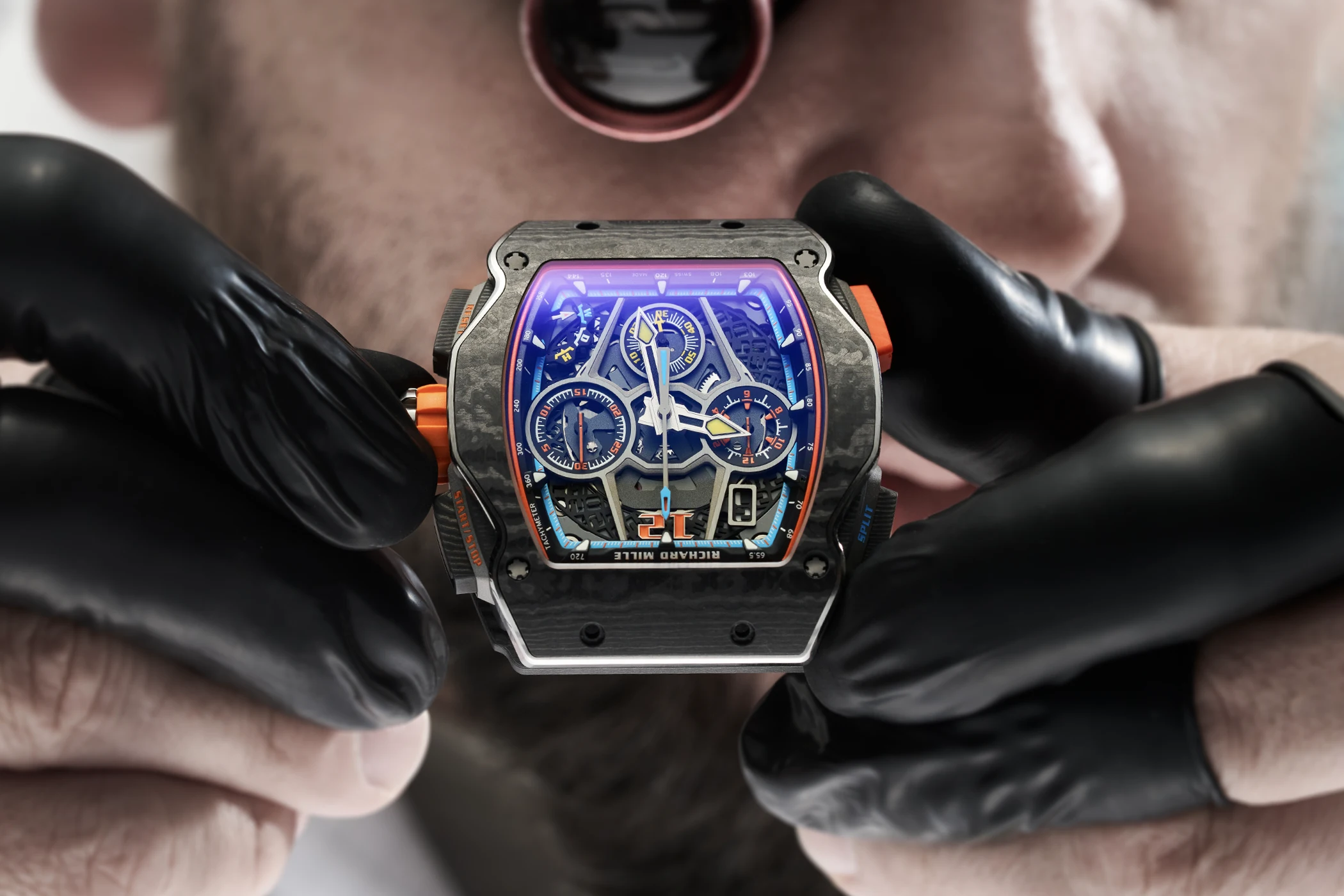
A Visit to the McLaren Technology Centre with Richard Mille, Where Luxury Sports Cars Are Crafted by Hand
On 7 October 2024, Richard Mille unveiled its fourth watch developed as part of its ten-year partnership with McLaren. This watch aims to transfer the DNA of McLaren’s super sports cars into watchmaking and be in every way as extraordinary as the cars that bear the title ‘1’. This year’s creation is not only inspired by the McLaren ‘W1’, which was presented on the occasion of the 50th anniversary of McLaren’s first Formula 1 world championship title, but is also inspired by the RM 65-01 chronograph from 2020, Richard Mille’s most complex chronograph at the time. With numerous elements that link the two brands, the fourth McLaren watch, the RM 65-01 McLaren W1, embodies the best of both worlds.
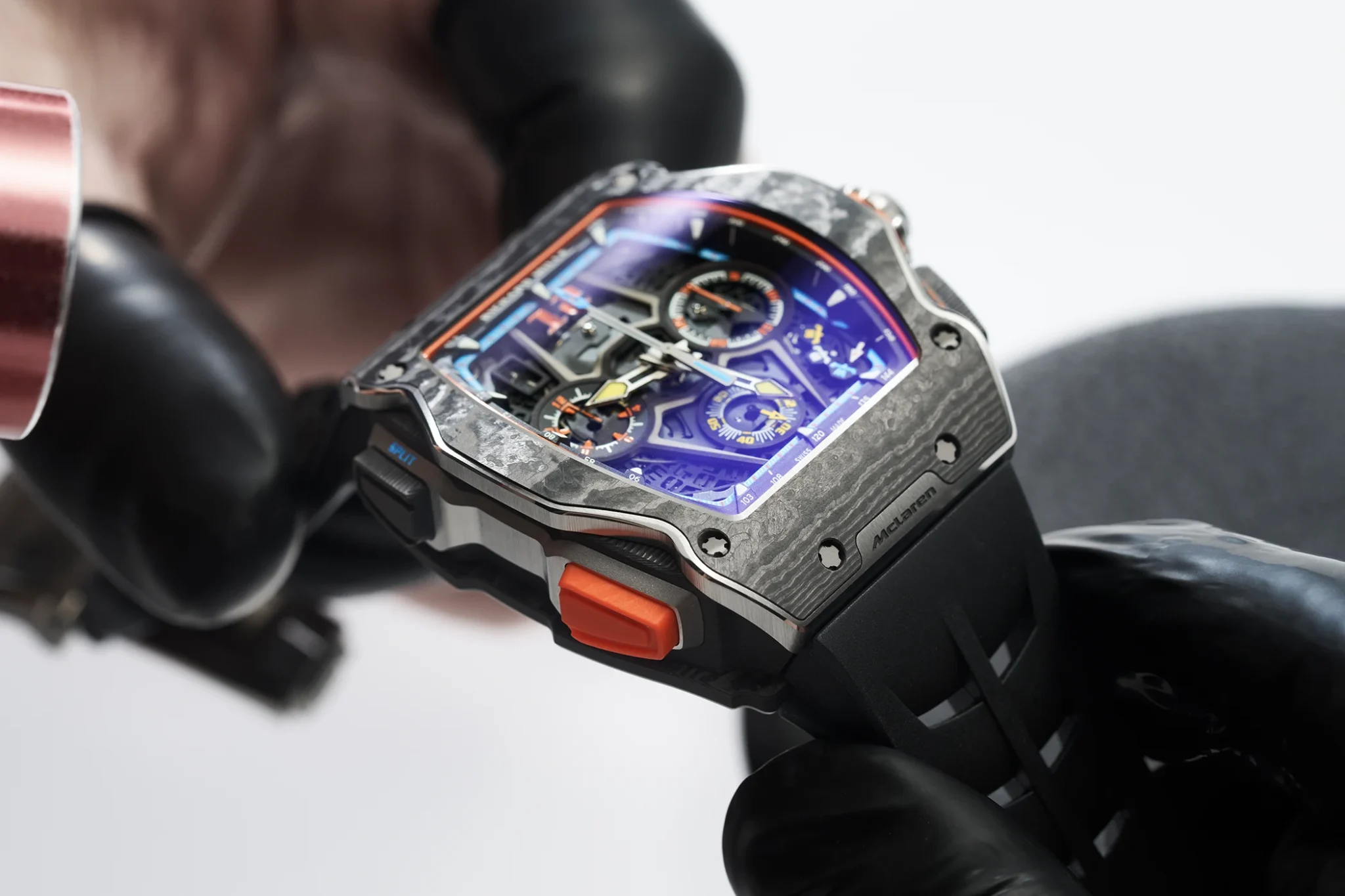
The Richard Mille 65-01 McLaren W1
As a backdrop for the official launch of the car and watch, the two brands chose the McLaren Technology Centre, which gave us the opportunity to visit not only the new products, but also the production facilities of the brand’s road and Formula 1 cars. Accompany us to a place where the finest supercars in the world are created, and read about McLaren’s latest supercar, as well as the watch that modelled it.
Straight out of a James Bond film: The McLaren Technology Centre
The drive to the McLaren Technology Centre alongside the vast expanse of a man-made lake towards the futuristic-looking Technology Centre was a stylish prelude to our visit, and heightened our anticipation of what Richard Mille and McLaren had to present. The focal point: a large, semi-circular main building, which, like the super sports cars themselves, forms a symbiosis of visual elegance and functional design and promotes the idea that the Technology Centre is less an automotive centre than the secret headquarters of a James Bond villain who uses the building to plot world domination, or the domicile of a tech billionaire with plans to colonise Mars. Even the Star Wars series Andor made use of the McLaren Halls, which have the futuristic aesthetic of a galaxy far, far away, to film some scenes. The futuristic exterior is the work of renowned British architect Norman Foster, who can be credited with the architecture of Hong Kong Airport and the Century Tower in Tokyo among others.

The McLaren Technology and Production Centre in Woking, UK
Its architecture resembles Swiss watch movements in its construction – nothing has been left to chance, and the components fulfil not only an aesthetic but also a functional aspect. This can also be seen in the lake that surrounds the main building of the McLaren Technology Centre and contains over 30 million litres of water. Its water is pumped through heat exchangers, which, in turn, help to cool the buildings and dissipate the heat generated. It also forms a perfect circle with the main building when viewed from above.
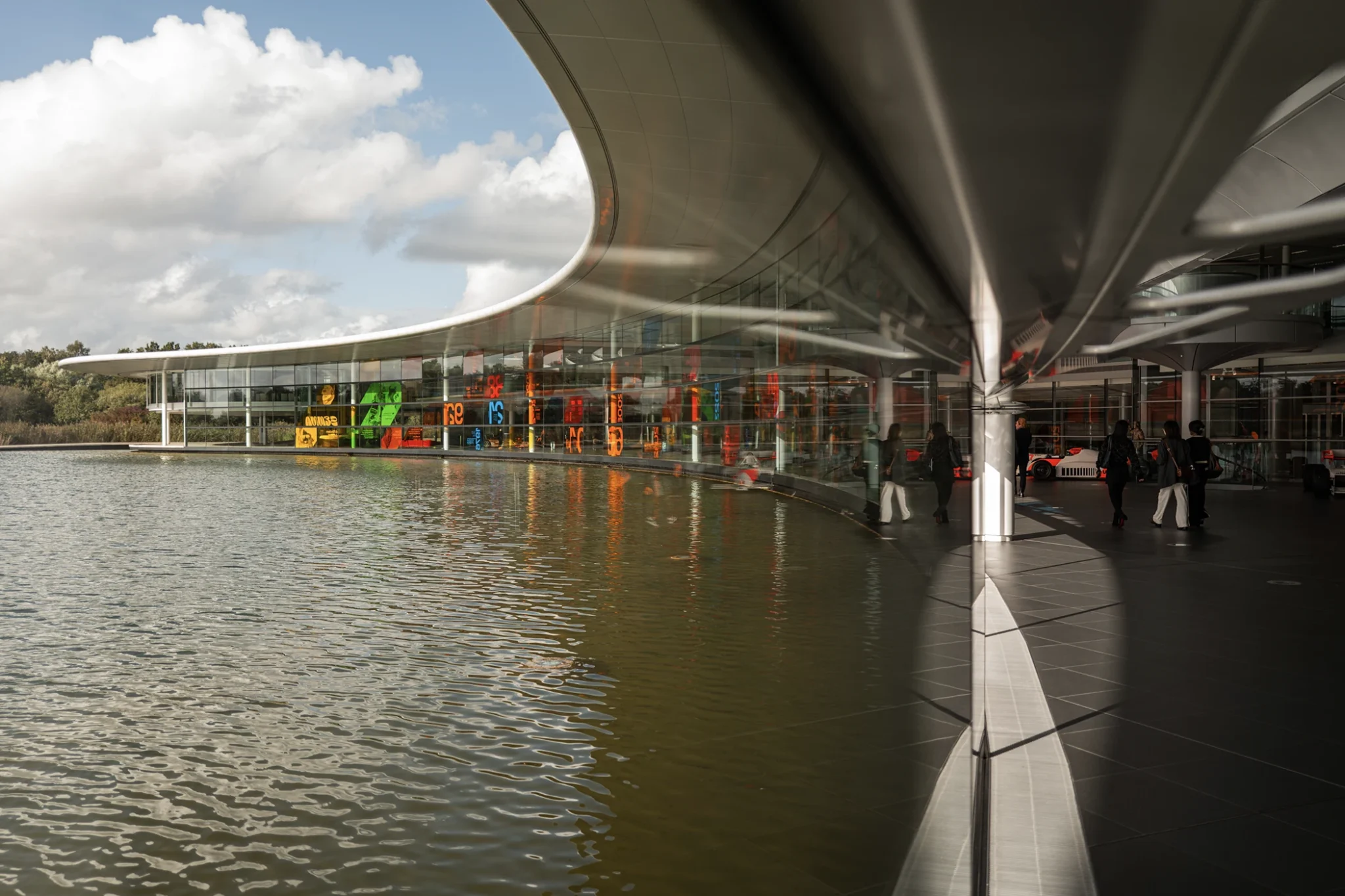
Credit © Léo Ridet
As with the exterior, the interior is characterised by circular, flowing structures. Inside, the building is organised around linear two-storey streets that form pathways. The lower floors house production rooms for the Formula 1 cars, while the upper floors are home to light-flooded design studios, offices and meeting rooms. Directly behind the façade are the catering areas and the company restaurant, both of which offer views of the picturesque landscape. The atmospheric pressure in the McLaren restaurant is slightly lowered and controlled to contain the smell of the food.
So, when it opened in 2004, attended by Queen Elizabeth II, the McLaren Technology Centre was not only ahead of its time, but also enabled the McLaren Group to bring together all the areas that had previously been based at 18 different locations to the single site in Woking. In 2011, the size of the centre was doubled again when the second building, the McLaren Production Centre, was completed.

Today, the various components of the Technology Centre and the Production Centre, which are located on the 50-hectare site, ensure that 22 McLaren cars are produced here every day. That said: only cars that have already been ordered by customers are assembled in the Production Centre. This strategy to produce on a pre-order basis enables the brand to promote exclusivity and match its production capacities precisely to demand.
A stroll through 50 years of Formula 1 history
As we walk past the large, curved glass wall to the production hall, which can be reached via an underground corridor, the result of the feverish development of 50 years of Formula 1 history, which has made McLaren the most successful team in Formula 1 history after Scuderia Ferrari and also the longest represented team in the Formula 1 World Championship after Ferrari, passes us by. Alongside the veteran Formula 1 cars of Niki Lauda and Ayrton Senna, which brought McLaren no fewer than seven Formula 1 World Championship triumphs between 1984 and 1991, are the highly motorised racing cars of the modern era. The winning cars driven by Lewis Hamilton when he raced for McLaren from 2007 to 2012 and immediately became runner-up in his first year are followed by the road cars that began in 1993 with the now legendary F1.
One of the 106 examples of the McLaren F1, which, when it debuted in 1993, was not only the only road-legal vehicle at the time that could reach over 200 miles per hour (approx. 322 km/h), but was also the first carbon fibre road car in history, is also on display in all its glory. Thanks in part to its triumph in the 24 Hours of Le Mans, the F1 contributed to the fact that to this day (as of 2024), McLaren is the only constructor of racing and road cars besides Mercedes-Benz to have won both the Monaco Grand Prix, the 500-mile race at Indianapolis and the 24 Hours of Le Mans. With values that can exceed 20 million, the F1 is also one of the most expensive cars in the world.
This open-air museum illustrates how deeply McLaren is rooted in motorsport history and the vast swathes of knowledge they can draw upon. In the case of the new W1, which we will discuss in more detail in a moment, this knowledge means that the engineering team behind the new McLaren W1 has contributed significantly to 16 McLaren Formula 1 world championship titles in the drivers‘ and constructors’ categories.
The McLaren Production Centre: Manual labour as the key to success
When we arrive at the clinically clean 200 by 100 metre production hall, it quickly becomes clear what sets McLaren apart from the vast majority of the automotive industry, where machines and automation increasingly dominate the landscape, and also what links it to the Richard Mille brand: the paintwork, which is applied in several layers, is applied by hand, while the seats, steering wheel, engine and electronics are likewise fitted to the vehicle by hand. In fact, there is only one machine involved in the production of the cars. The ‘Monocell Rotation Machine’ ensures that the central carbon fibre chassis, which acts as the heart of every McLaren car – similar to a Formula 1 car – is rotated. This allows the technicians to work more efficiently on different sides of the car without having to move it manually.
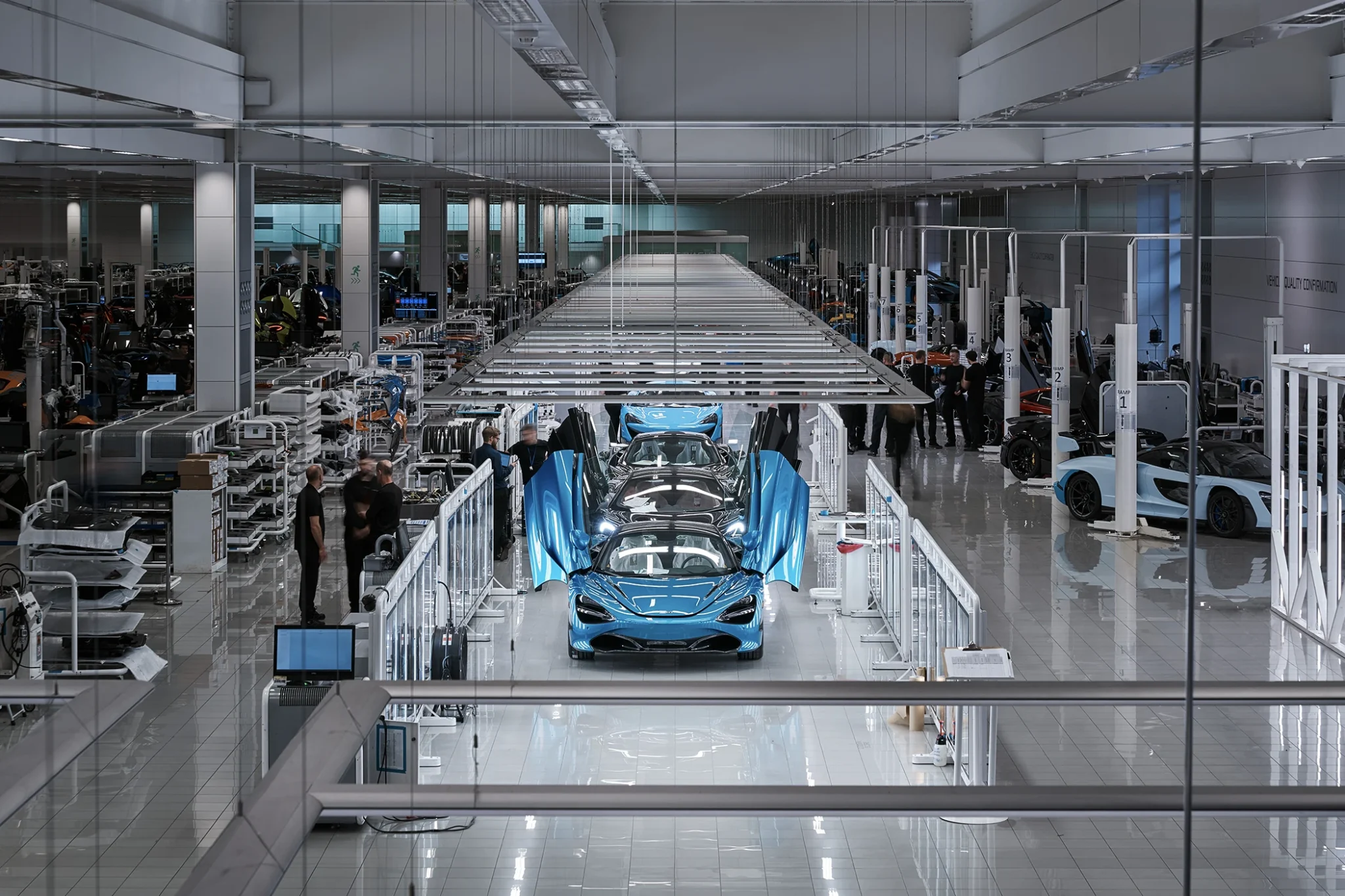
The Monocell has a central role to play: it improves the structural integrity of the car, increases driver safety, and reduces the weight of the car through its carbon fibre construction. As the centrepiece of every McLaren, the car is built around this part, making it the basis of the McLaren car architecture not only for the road cars, but also for the Formula 1 cars. A tradition that dates back to 1981, when the McLaren MP4/1 became the first Formula 1 car ever to make its racing debut with a full carbon fibre composite monocoque at the Argentine Grand Prix and has been used in every McLaren since.
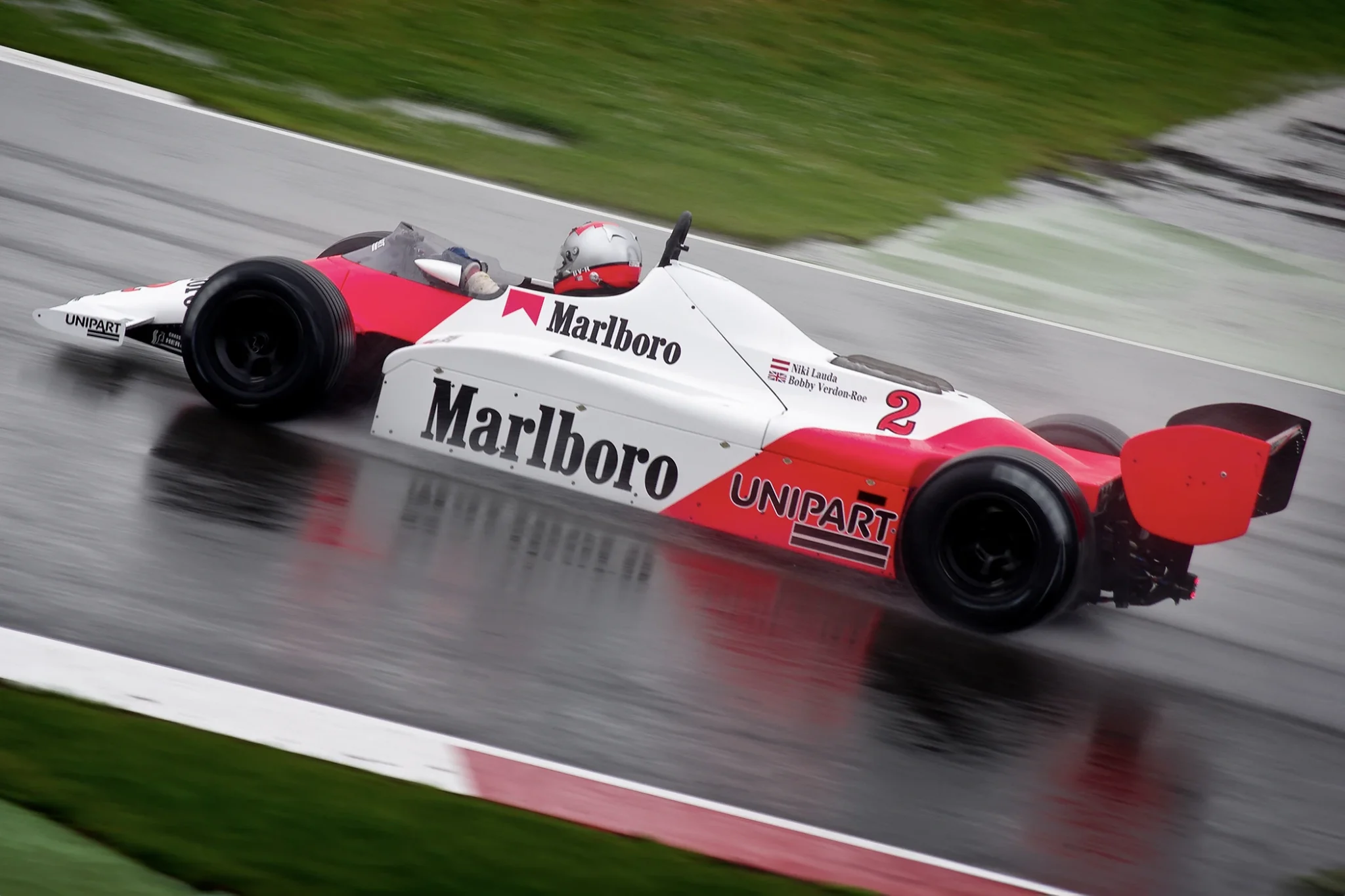
The McLaren MP4/1: the first racing car to compete in a world championship race with a monocoque made entirely of synthetic material
Credit © Daniel Herrick LBIPP / CC BY-SA 2.0
The Mclaren W1: Power at the touch of a button
Finally, the time has come for the presentation, and we gather in a lecture theatre, which is also located on the 50-hectare McLaren site, only a few minutes from the production facility. However, the initial focus is not on the latest creation between Richard Mille and McLaren, but on the car that Richard Mille’s engineers used as a model: the W1. McLaren Product Director Jamie Corstorphine is the first to take the stage to talk about the pioneering successor to two of the greatest super sports cars of all time: the McLaren F1 (1993) and the McLaren P1 (2013) – at the time the first super sports car with hybrid drive, whose V8 hybrid sends 916 hp to the rear wheels.

As part of the Ultimate Series, most recently joined by the 1050hp Speedtail, after the Senna, P1 and F1, the W1 is a flagship model that boasts 45 firsts, including an astonishing 12 world firsts for McLaren. Just as Ferrari has their legendary models such as the 288 GTO, F40, F50, Enzo or LaFerrari, the Ultimate Series offers McLaren, a relative upstart with comparatively little history compared to other carmakers, the opportunity to showcase not only where the brand currently stands, but where it is heading in the future.
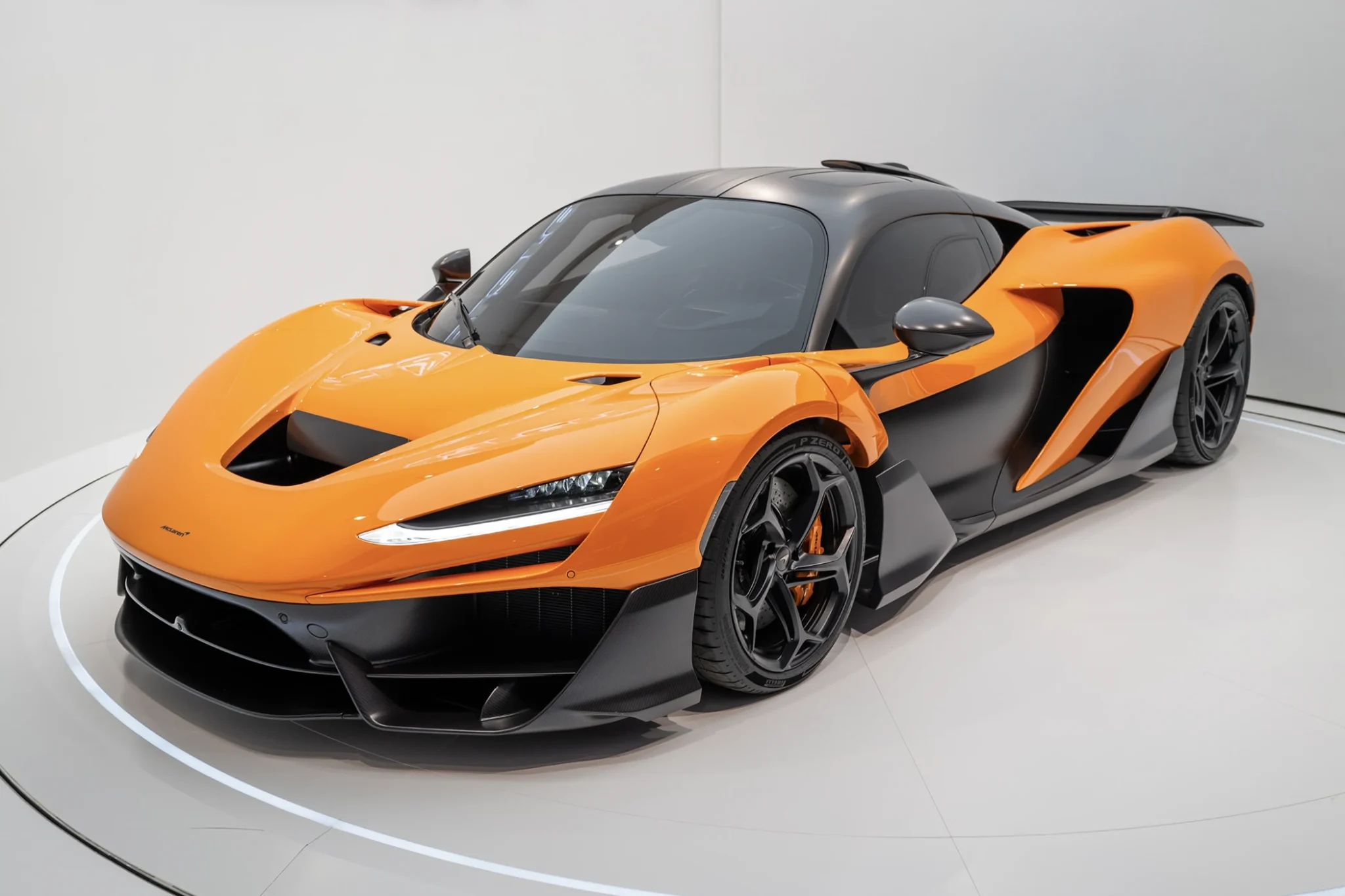
With 1275 horsepower, the new W1 is the most powerful McLaren of all time
Credit © Léo Ridet
The W1 is therefore representative of a development towards a highly technologised and aerodynamic McLaren. However, once the ‘Race’ mode is activated and the W1 switches from road mode to race mode, it begins to unfold its special effect: the W1 lowers, reducing the vehicle height by 3.7 cm at the front and 1.7 cm at the rear. The active rear wing, which previously fitted almost seamlessly into the car, now extends up to 30 cm to the rear to generate 1000 kilos of downforce and, in conjunction with the completely newly developed V8 twin-turbo with 928 hp and the powerful e-module with 347 hp, to achieve a top speed of 350 km/h. This makes the W1 not only the fastest road-legal McLaren ever built, but also the most powerful with 1275 hp; its V8 engine alone delivers more horsepower than the entire powertrain of the P1.
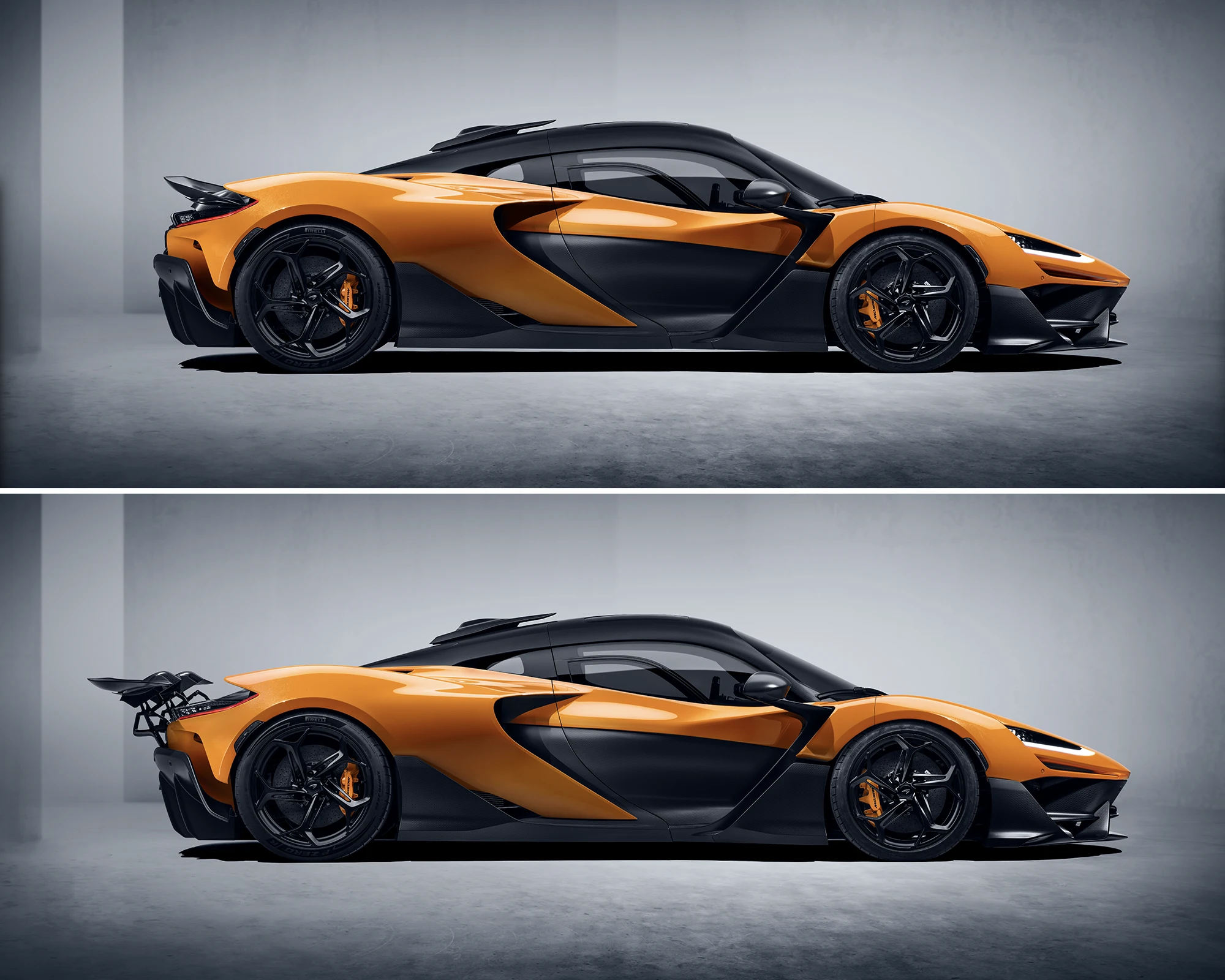
In addition, with a vehicle weight of just 1,399 kg at 300 km/h, it is not only faster than the speed-tuned Speedtail: even a McLaren Senna is outpaced by the new W1 by 3 seconds per lap on McLaren’s reference track, the Italian racetrack in Nardò. This is made possible, among other things, by the fact that the e-module with 347 hp weighs just 20 kilos.
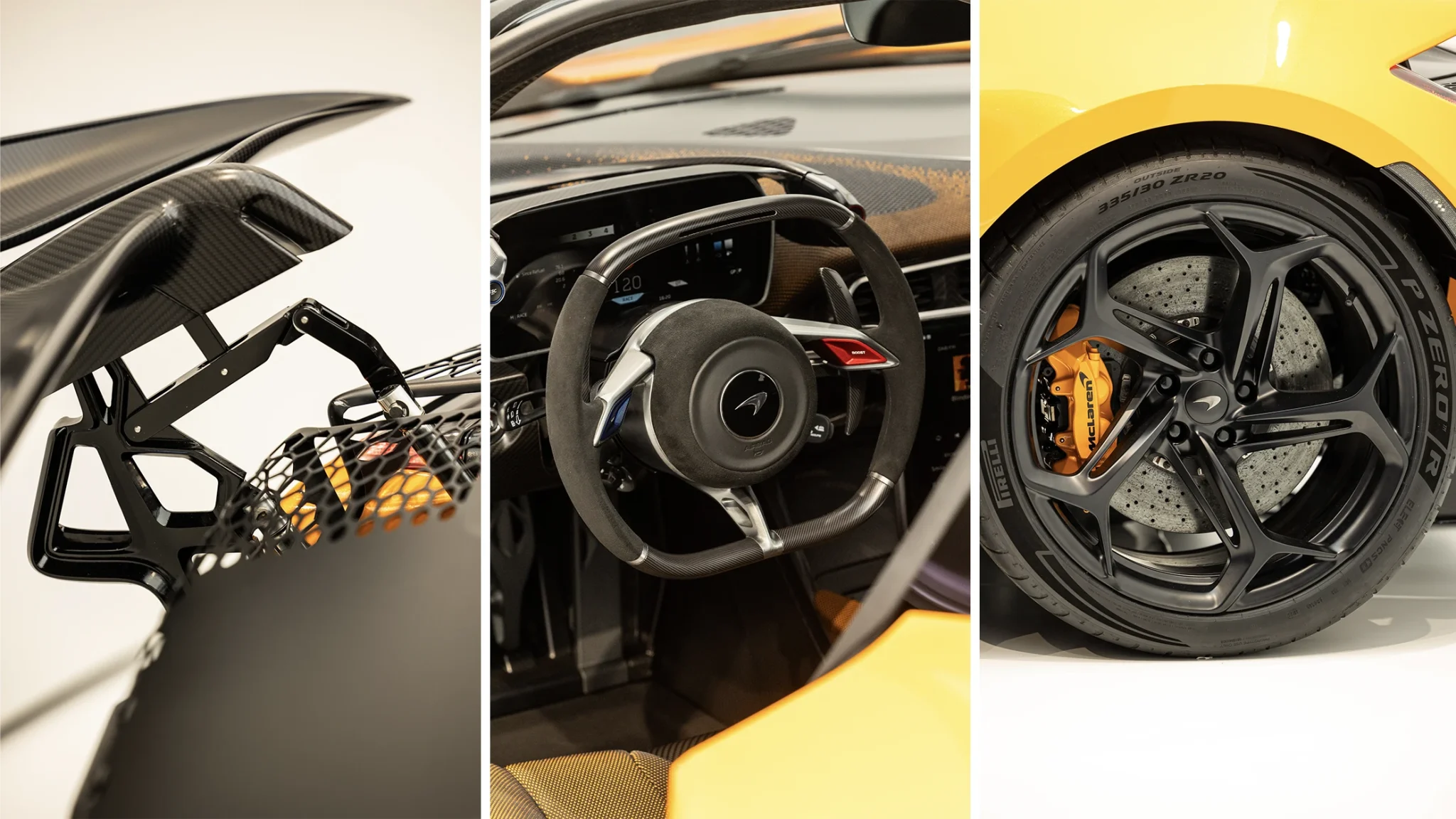
Credit © Léo Ridet
However, the W1 is not only impressive in terms of how quickly it gains speed, but also how quickly it loses it again. Thanks to 390-mm carbon ceramic discs, the ‘airbrake function’ of the active rear wing and the extension of the front wing, the W1 is said to come to a standstill from 100 km/h after just 29 metres (!). It is interesting to note that McLaren has bucked the trend and decided against an electrified front axle, instead directing power exclusively to the 20-inch rear wheels.
Price & availability of the W1
Behind the production quantity of the W1, of which there will only be 399 examples, lies another similarity with Richard Mille: comparable to the demand for Richard Mille watches, which sell so quickly that their boutiques cannot even display them, Jamie Corstorphine is pleased to announce that ‘all 399 pieces of the W1 have already been sold to customers.’ The price of a W1 is 2.2 million euros – of course, this price is only a starting point, as the final total price will depend on the level of customisation chosen by the client.
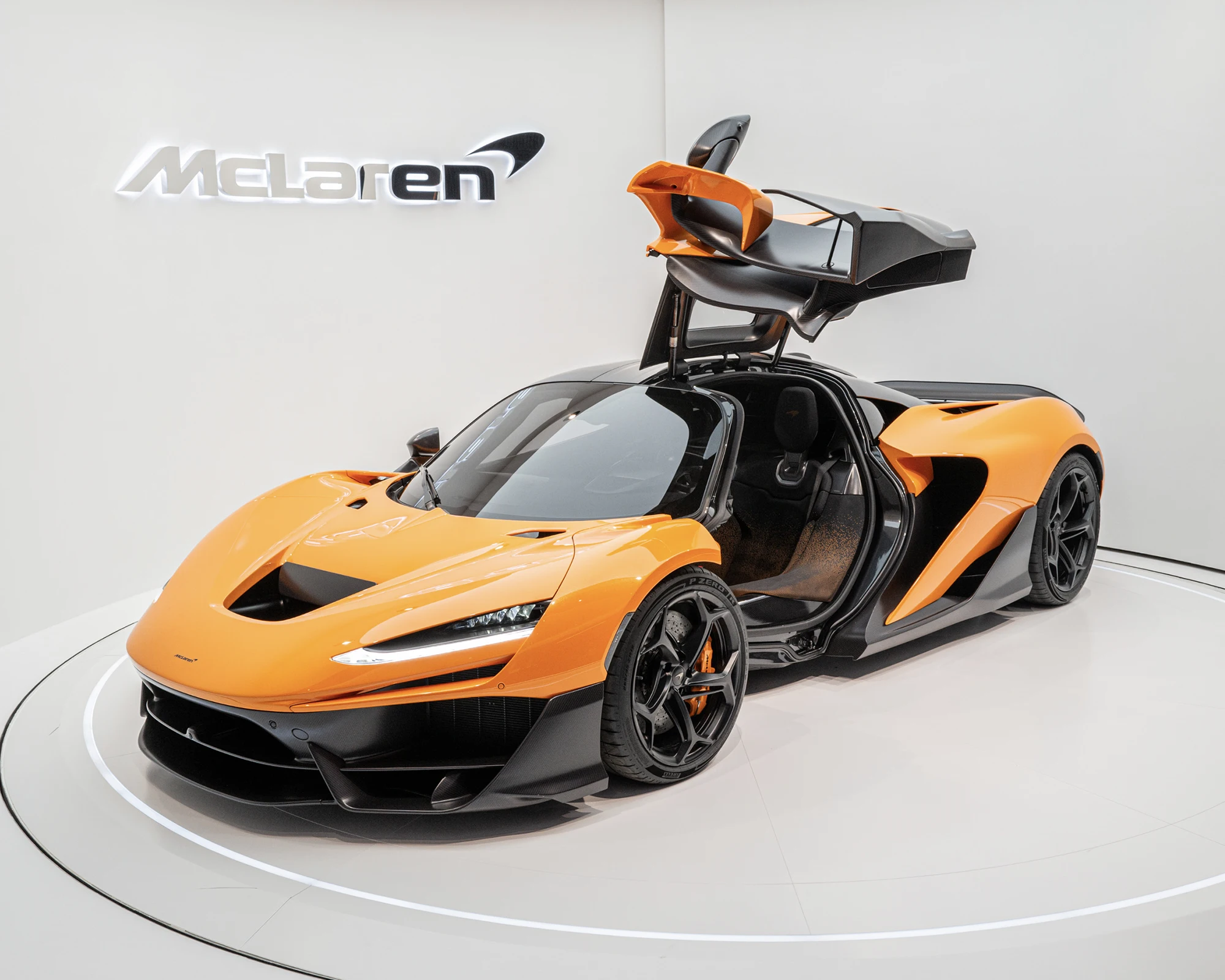
Credit © Léo Ridet
Even at the watch brand, which recorded a production volume of 5,600 watches last year, catapulting Richard Mille to sixth place amongst Switzerland’s top-selling watch brands with a total turnover of 1.54 billion Swiss francs (2023), the seemingly never-ending demand for the watches known as the ‘racing machine on the wrist’ can never be satisfied.
The beginnings of the RM 65-01 McLaren
Corstorphine has now passed the microphone to Cécile Guenat, who, as Creative and Development Director, is part of the new generation at Richard Mille since Richard Mille and Dominique Guenat handed over the sceptre. The new generation primarily comprises Cécile Guenat, her brother Maxime, who is in charge of operational matters, Alexandre Mille, who is responsible for commercial activities, and his sister Amanda, who is in charge of public relations and marketing.

Cécile Guenat, Creative and Development Director of Richard Mille
Credit © Léo Ridet
The creative process, according to Guenat, began back in June 2022, when the Director, along with Julien Boillat, Technical Casing Director, and Salvador Arbona, Movement Director, first came to the McLaren Technology Centre to view a 1:1 scale clay model of the new W1, which had been in development for three years by that point. The clay model gave the creative director, who is behind a design evolution within the brand aiming for more artistic and colourful models such as the RM 88 Smiley or the Bonbon collection, the opportunity to get a realistic and physical representation of the car and its lines.
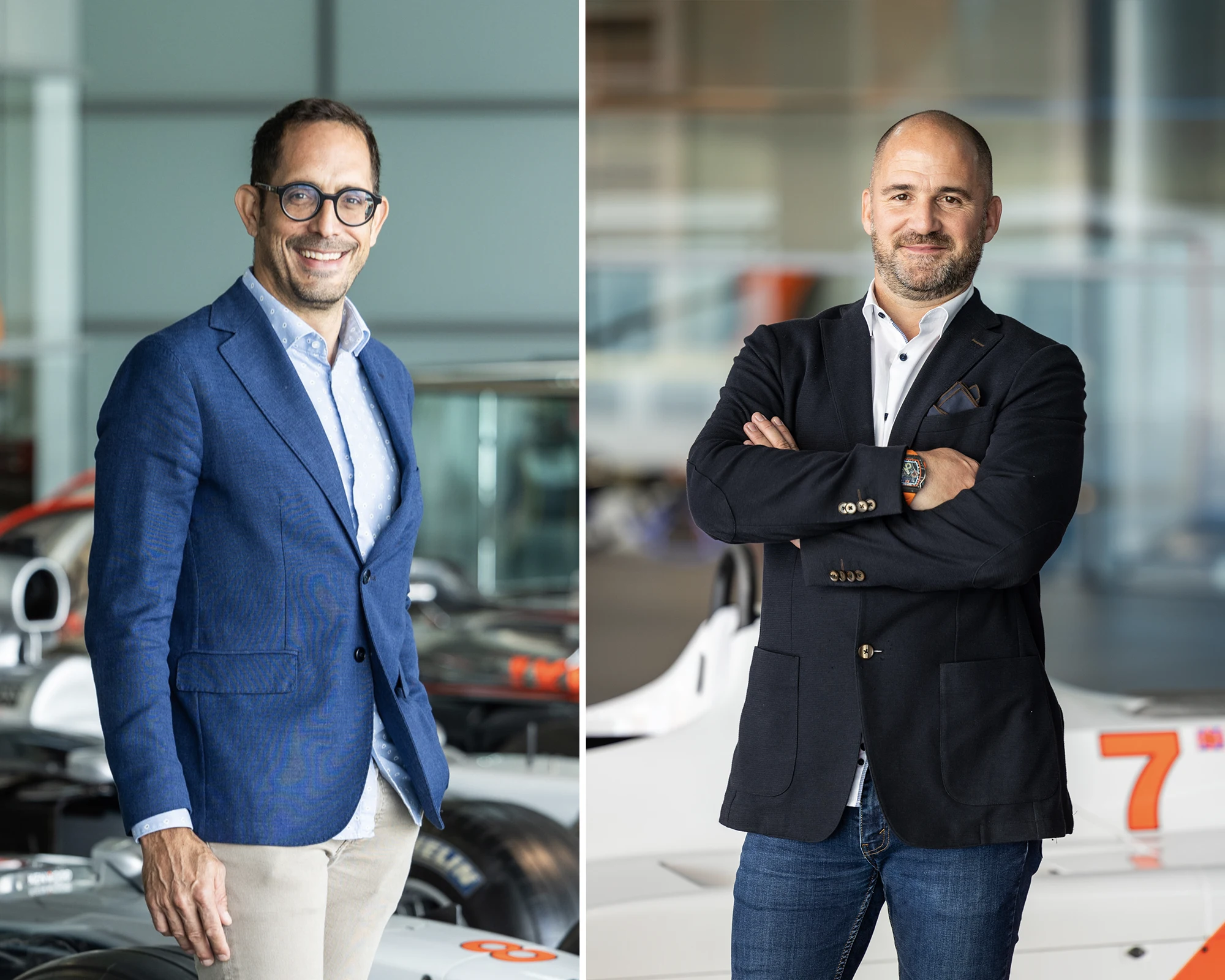
Salvador Arbona, Movement Director, and Julien Boillat, Case Director at Richard Mille
Credit © Léo Ridet
Thus began the work on the new McLaren watch, which took 16 months in prototypes and another nine months or so before the new watch could be presented to the world. According to Guenat, the fact that the extension to the Richard Mille manufacture building, which was inaugurated in 2020 and houses the artistic direction, the research and development team and the technical offices, i.e. movement and case engineers, facilitates an even better dialogue between developers and watchmakers, helped with the complex design process. According to Guenat, short distances and open-plan offices are the key to the successful construction of Richard Mille watches.
The fourth model in nine years: The Richard Mille 65-01 McLaren W1
As Guenat left the stage and everyone eagerly awaited the outcome of the brand’s hard work, a video revealed what was to be the next creation between the two collaborators: the W1 and the RM 65-01, Richard Mille’s most complex chronograph of 2020, will form the basis of the RM 65-01 McLaren W1, limited to 500 pieces, and the fourth creation to emerge from the collaboration.
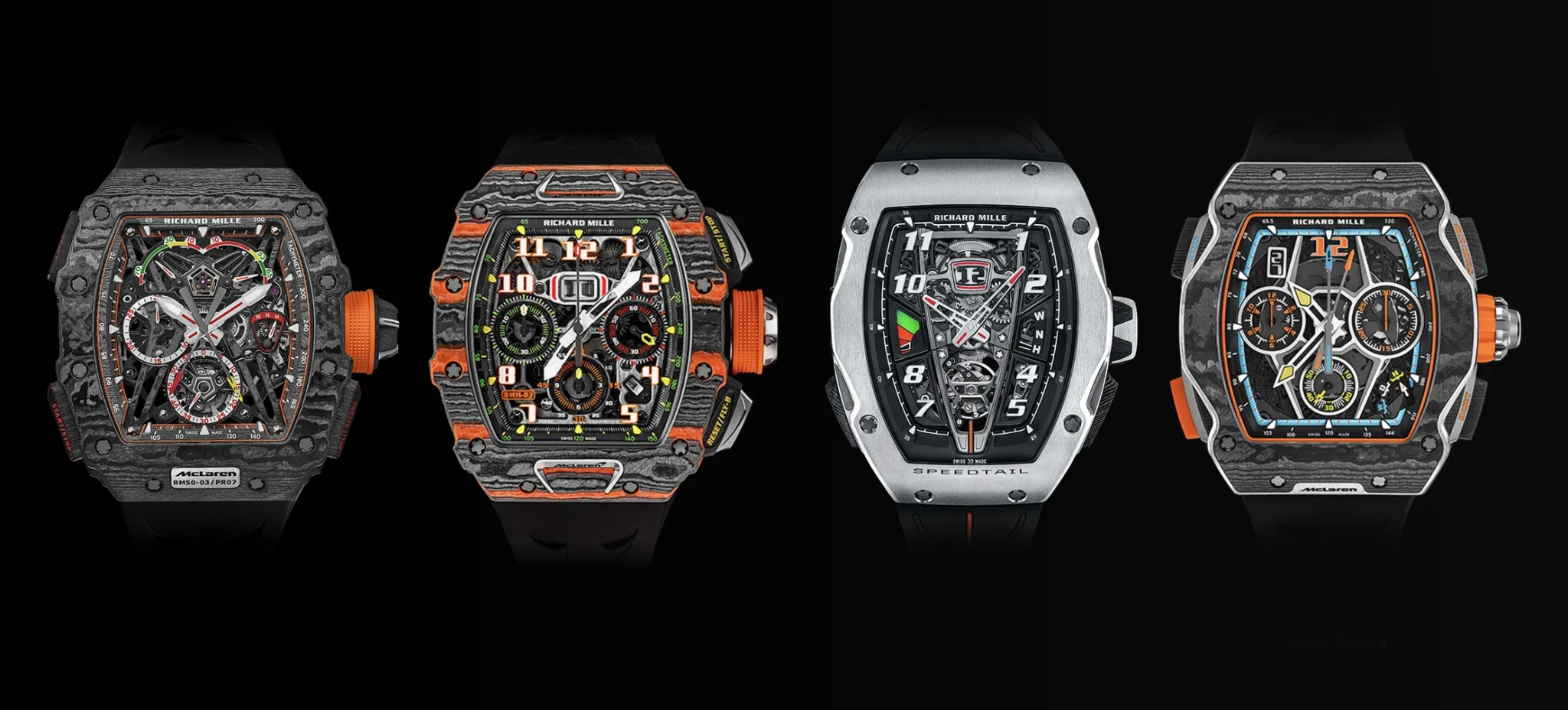
The RM 65-01 McLaren W1 joins the collection of watches that have transferred the DNA of motorsport to watchmaking and presented a series of innovations in the process: the first was the RM 50-03 Tourbillon Split-Seconds Chronograph McLaren F1, which was presented in 2017. This time, not only were titanium and Carbon TPT used in the construction, but a completely new material was also introduced: Graph TPT, better known as graphene. Graph TPT is distinguished by the inclusion of graphene, a material that, according to Richard Mille, is six times lighter and 200 times stronger than steel. As a result, the RM 50-03, including its strap, weighed less than 40 grams and was, at the time of its launch, the lightest mechanical chronograph ever made.
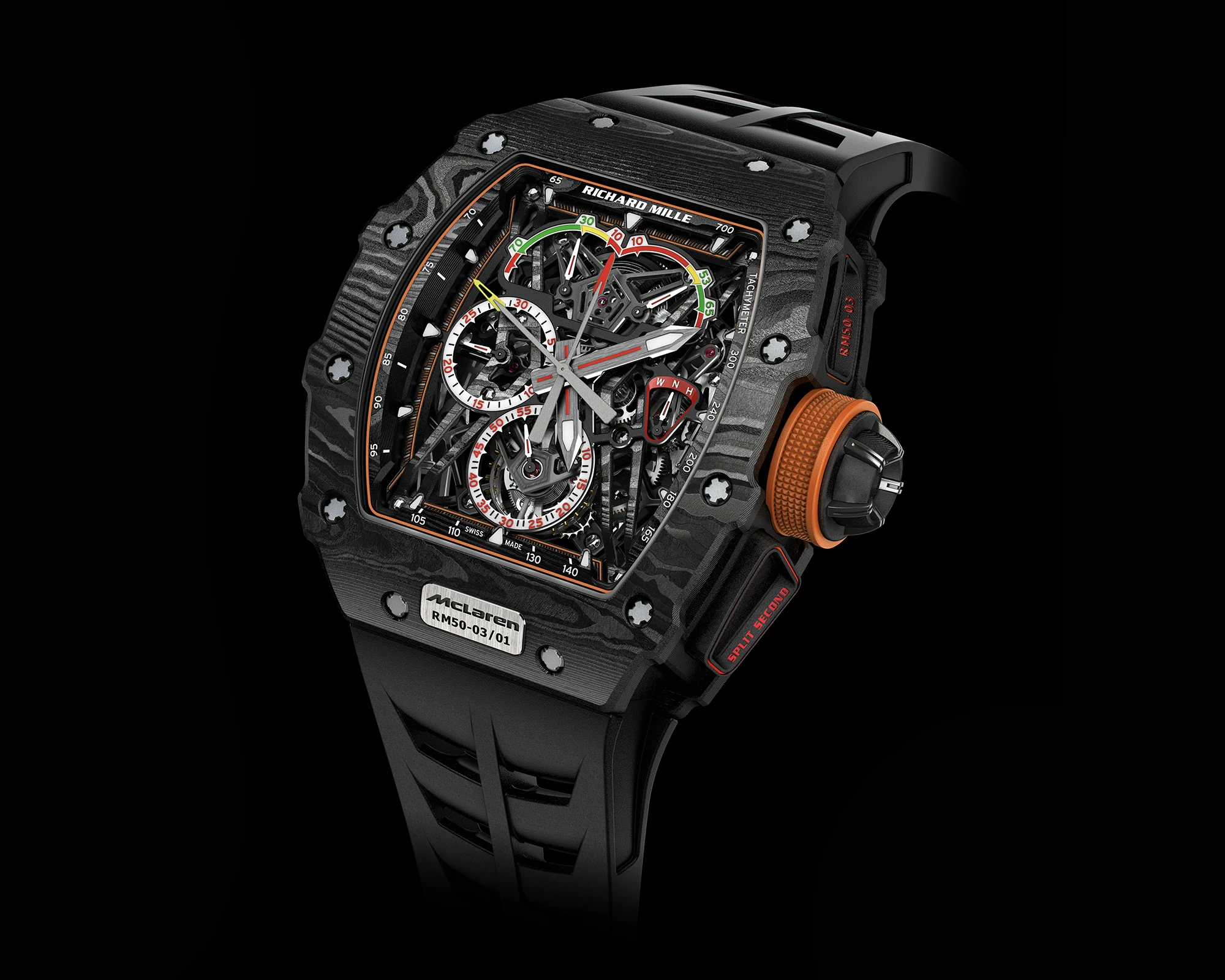
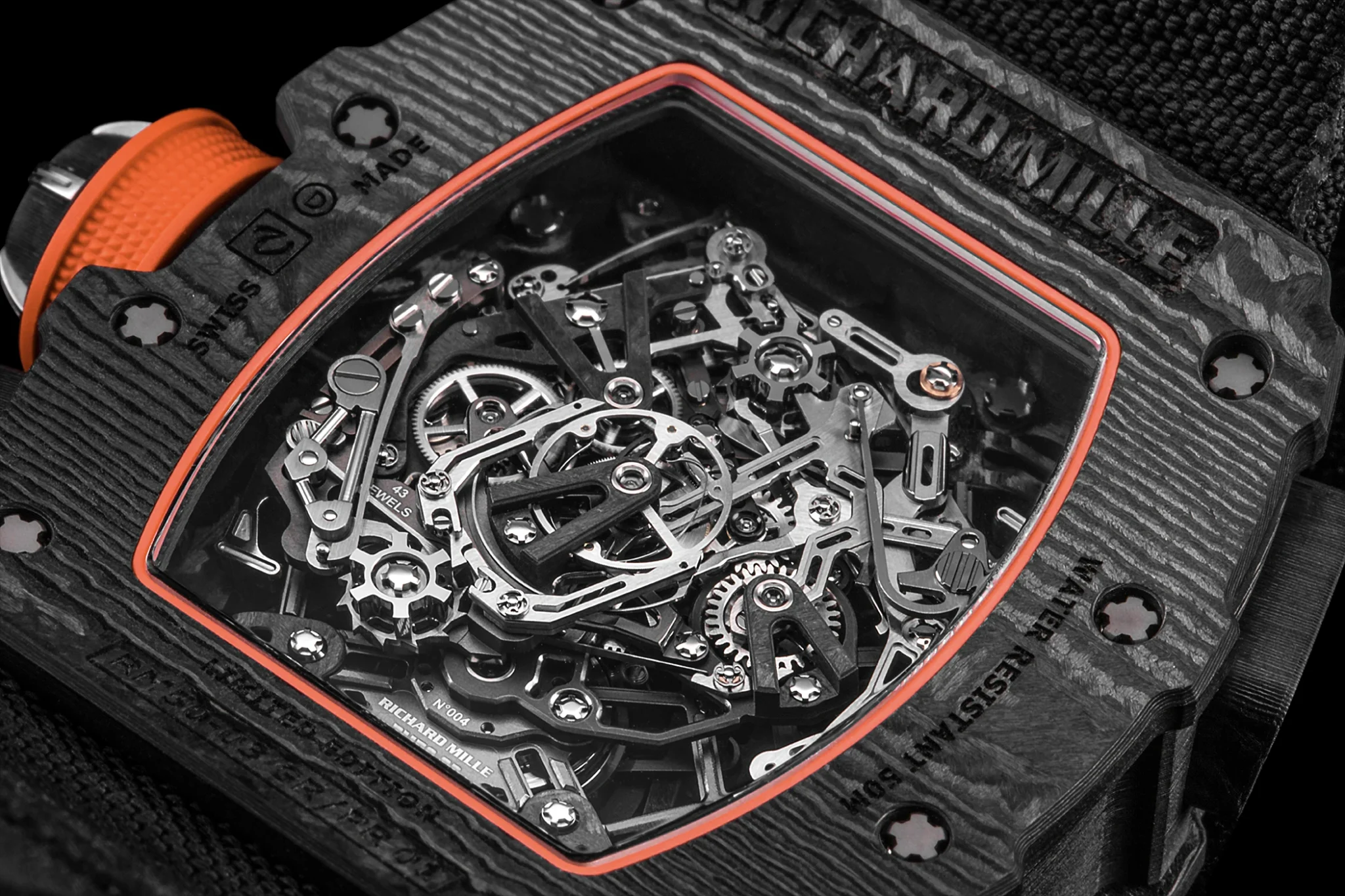
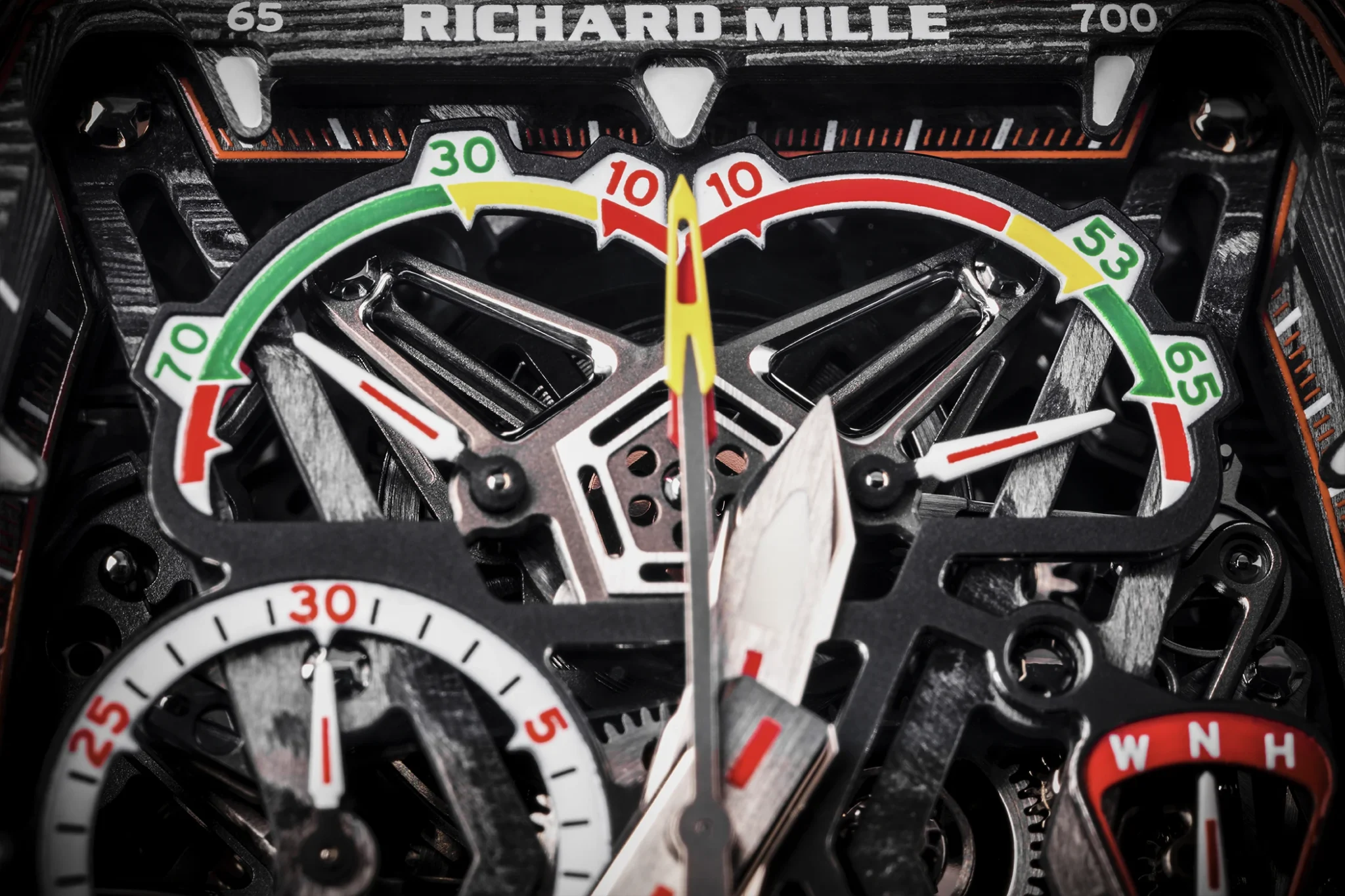
The RM 50-03 McLaren F1 from 2017, limited to 75 pieces
What followed in 2018 was the launch of the RM 11-03 Automatic Flyback Chronograph, a watch that paid tribute to the McLaren Senna. Limited to 500 pieces, the watch features a carbon TPT case interwoven with orange quartz TPT – a nod to McLaren’s signature colour. The titanium pushers mimic the headlights of the McLaren 720S, while titanium inserts on the bezel are inspired by the McLaren F1’s air intake.
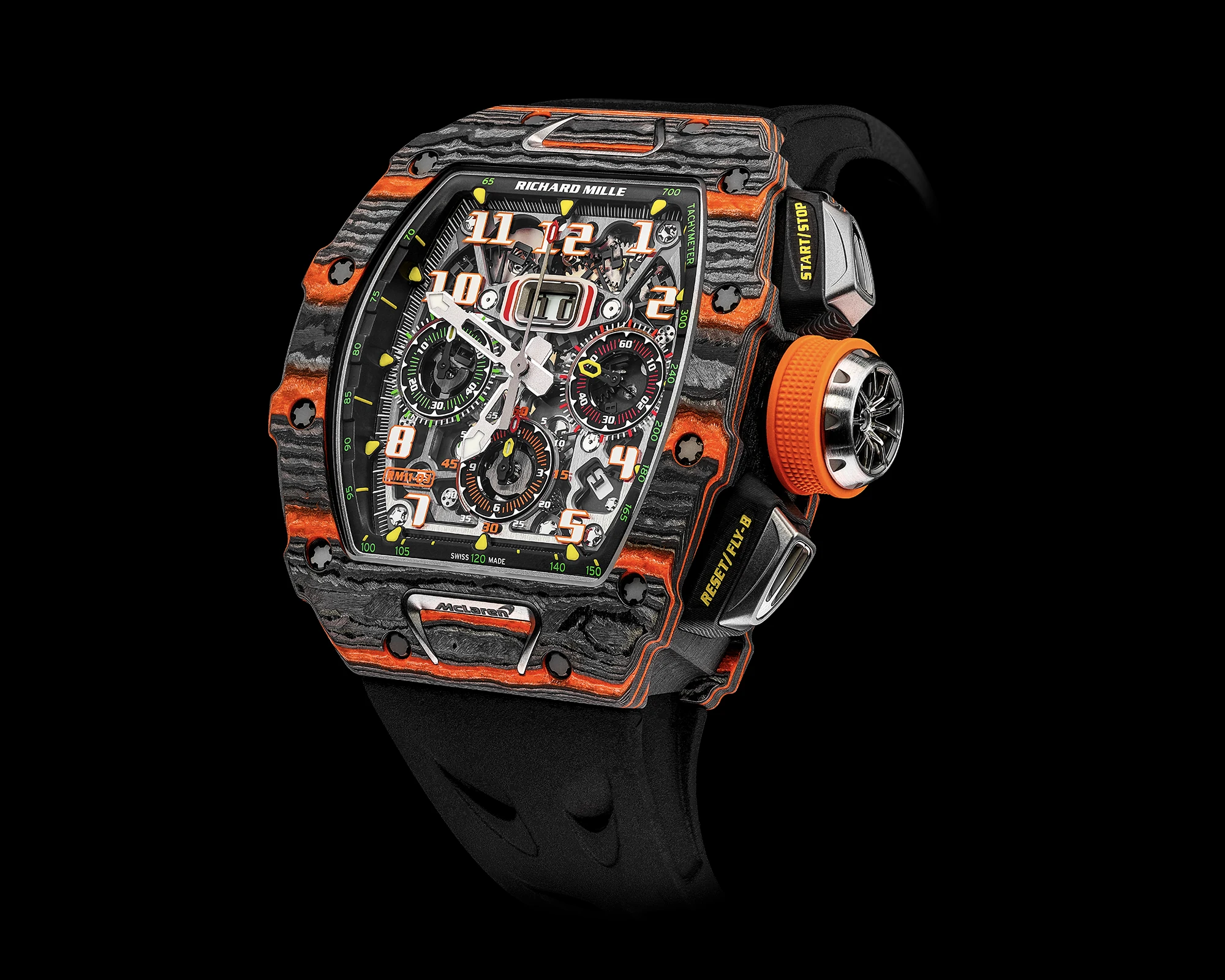

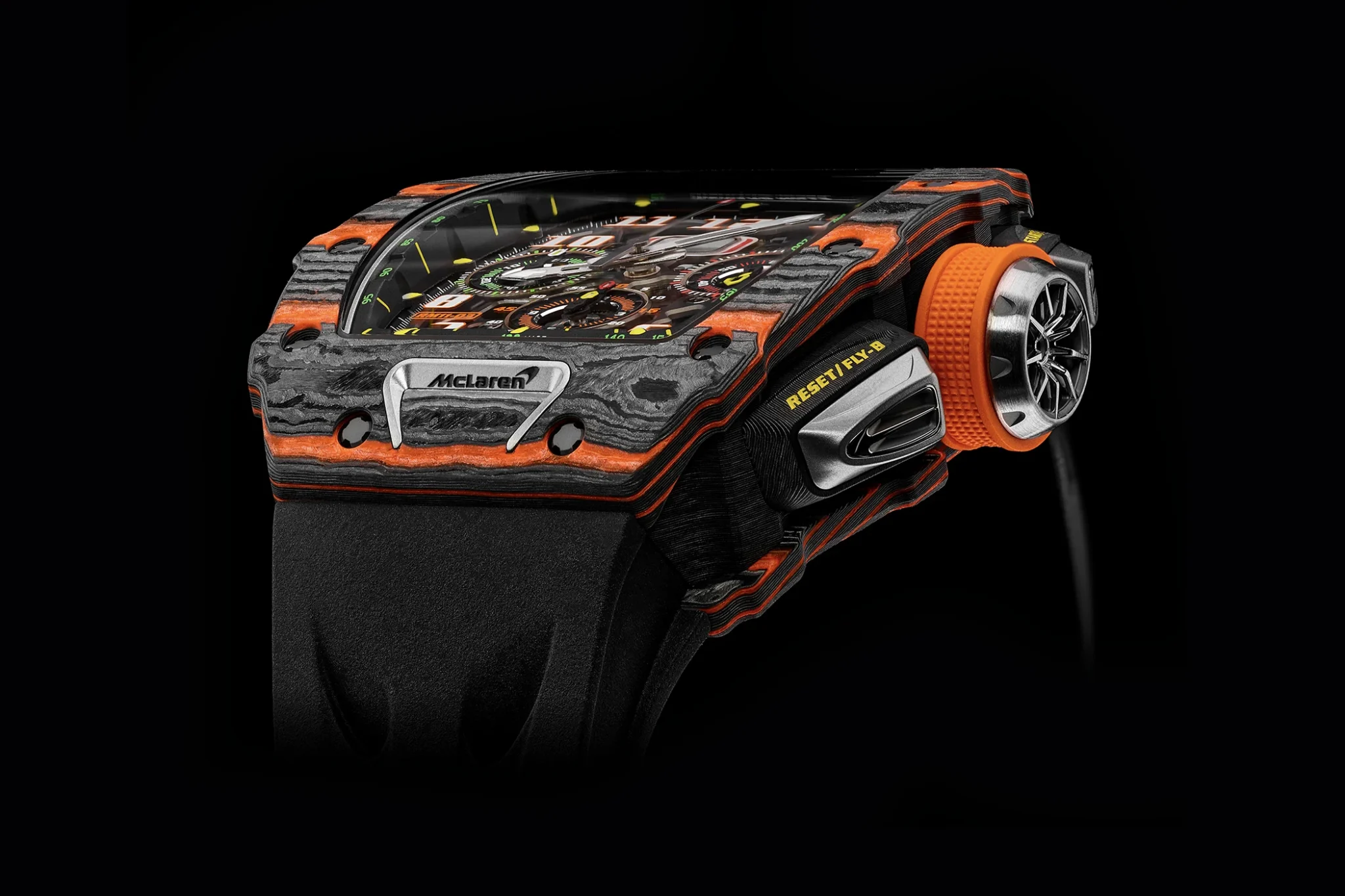
The RM 11-03 McLaren from 2018, limited to 500 pieces
In 2018, McLaren unveiled its fastest road car, the Speedtail, with its 1050bhp, reaching a top speed of 403mph. To celebrate this, Richard Mille also unveiled the result of just 106 examples in 2021, whose teardrop-shaped body alone took 2,800 hours of labour spread over 18 months: the RM 40-01 McLaren Speedtail.
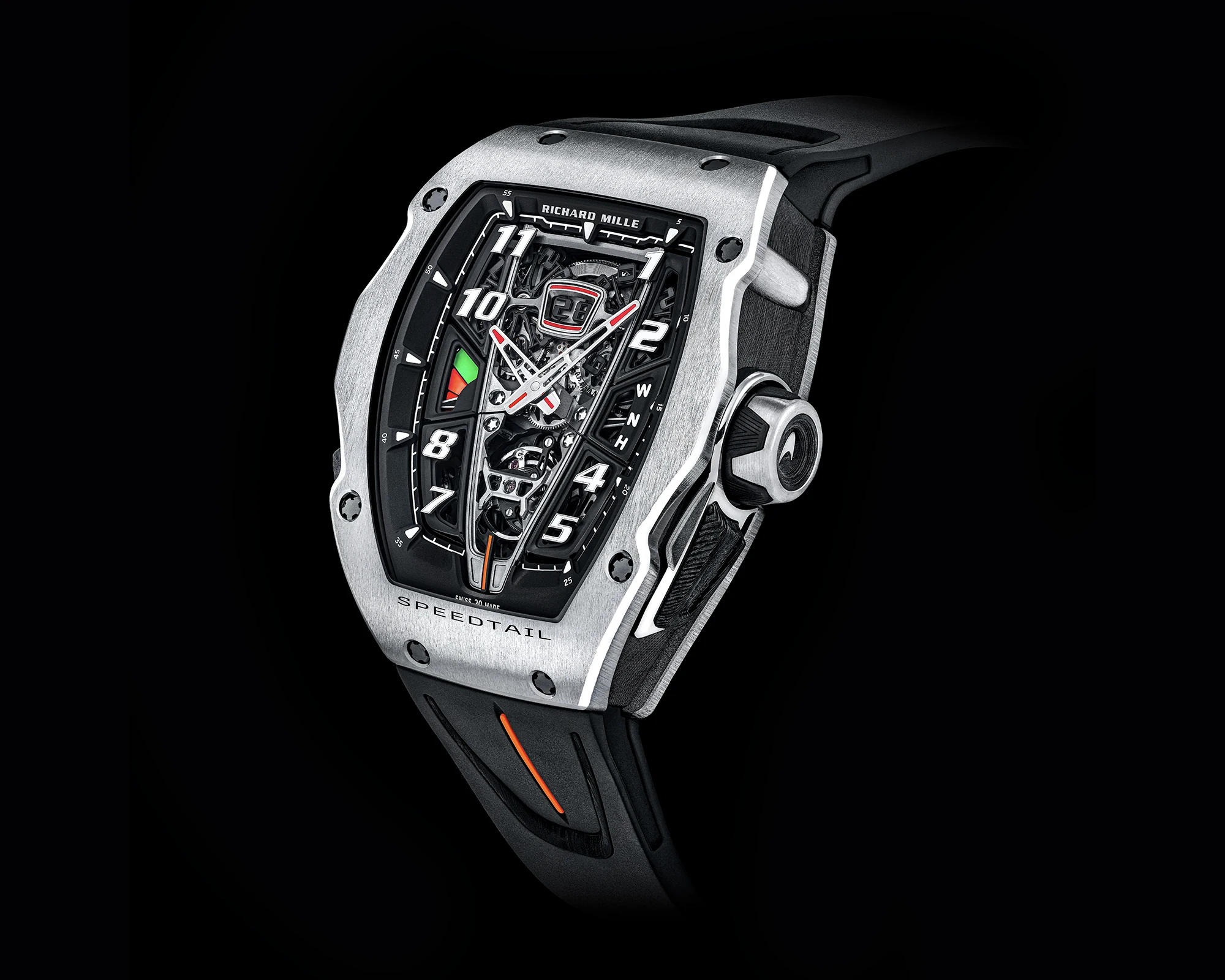
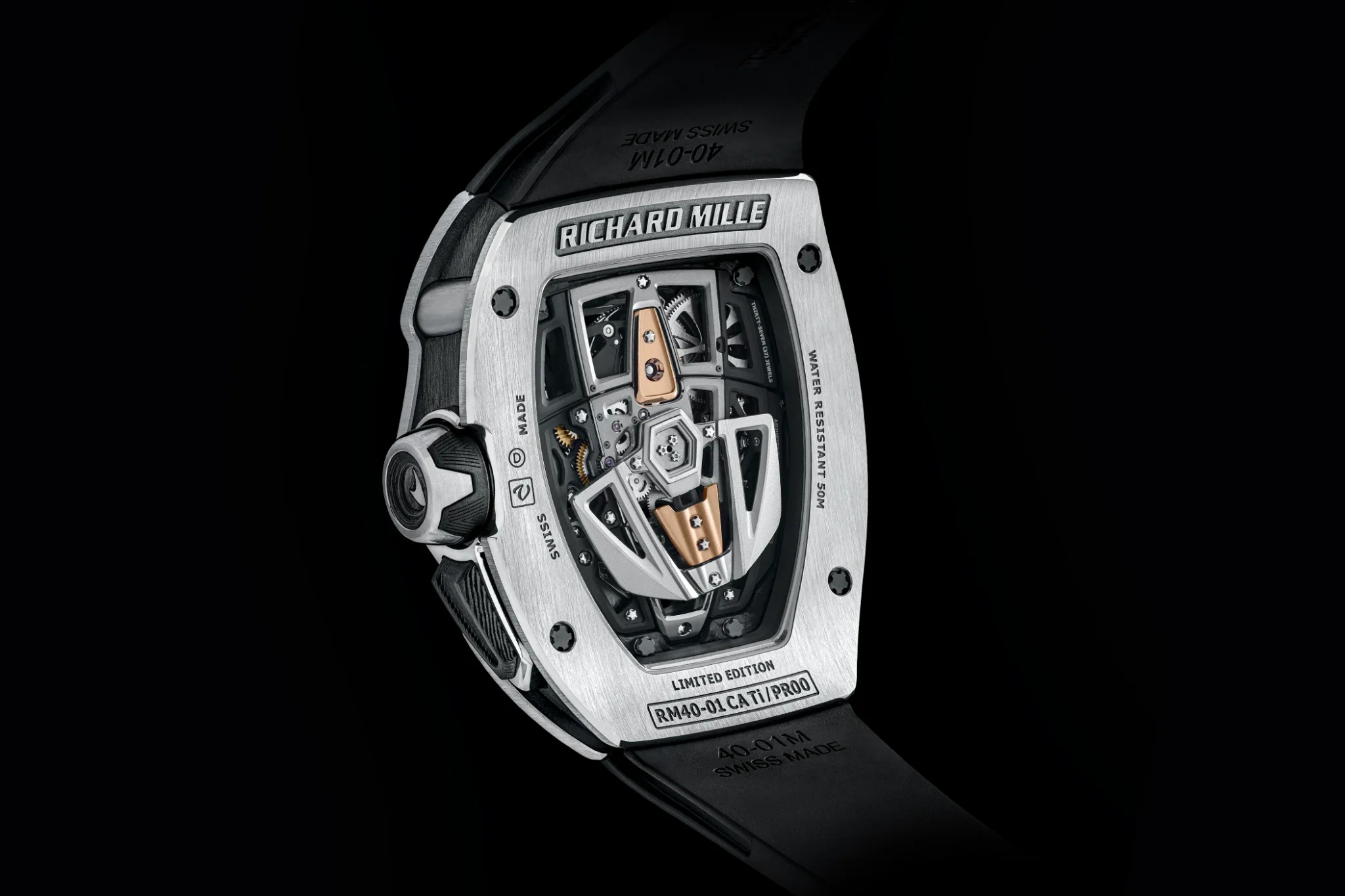
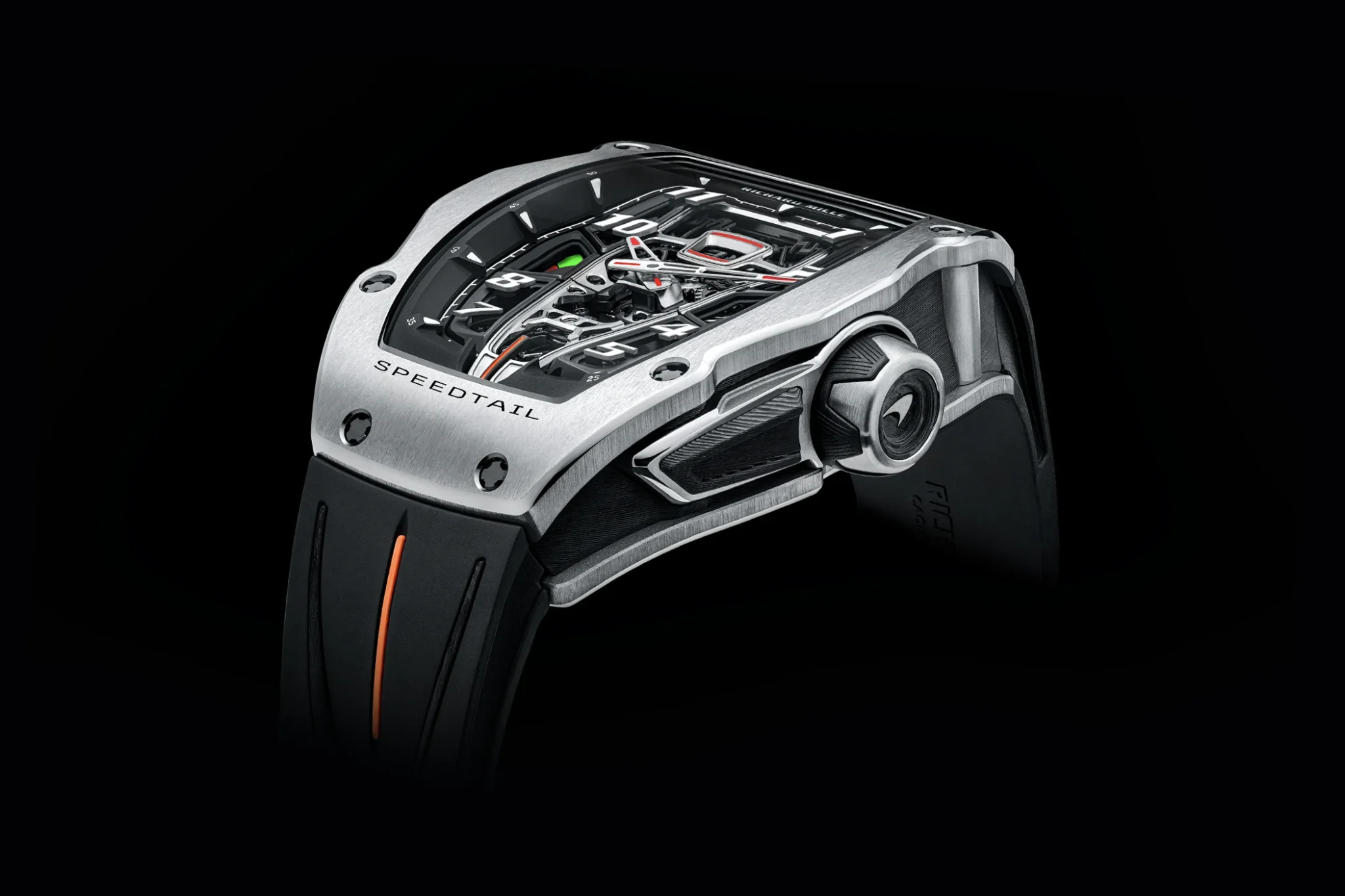
The RM 40-01 McLaren Speedtail from 2021, limited to 106 pieces
The case of the RM 65-01 McLaren W1
The 43.84 x 49.94 x 16.19 mm case of the RM 65-01 McLaren W1, as with previous McLaren watches, brings the most obvious elements of the car to the fore: it has now been revealed for the first time that Cécile Guenat’s visit to the 1-to-1 model took the bird’s eye view of the W1 as a design basis to harmonise the futuristic design of the car with the aesthetics of the RM 65-01 McLaren W1.
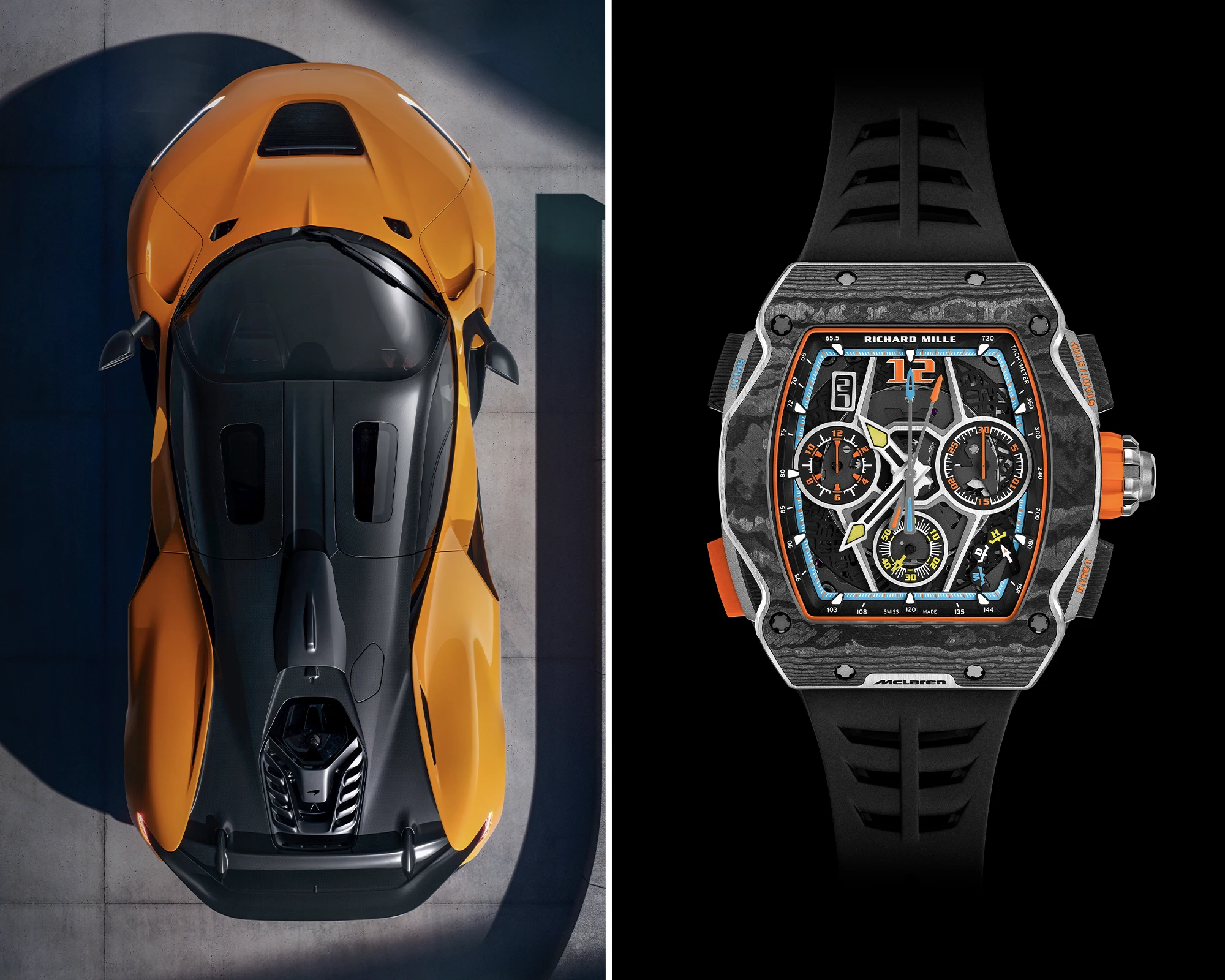
The centrepiece is therefore the bezel, which takes up the design of the W1 – i.e. the ‘aero-cell’ architecture –, which is accompanied by pronounced side air intakes and aerodynamic add-on parts. At the same time, according to Julien Boillat, Technical Case Director, the predefined design of the car, which McLaren spent more than 350 hours on in the wind tunnel, and the decision to incorporate it into the bezel, was one of the biggest challenges in the development of the watch.
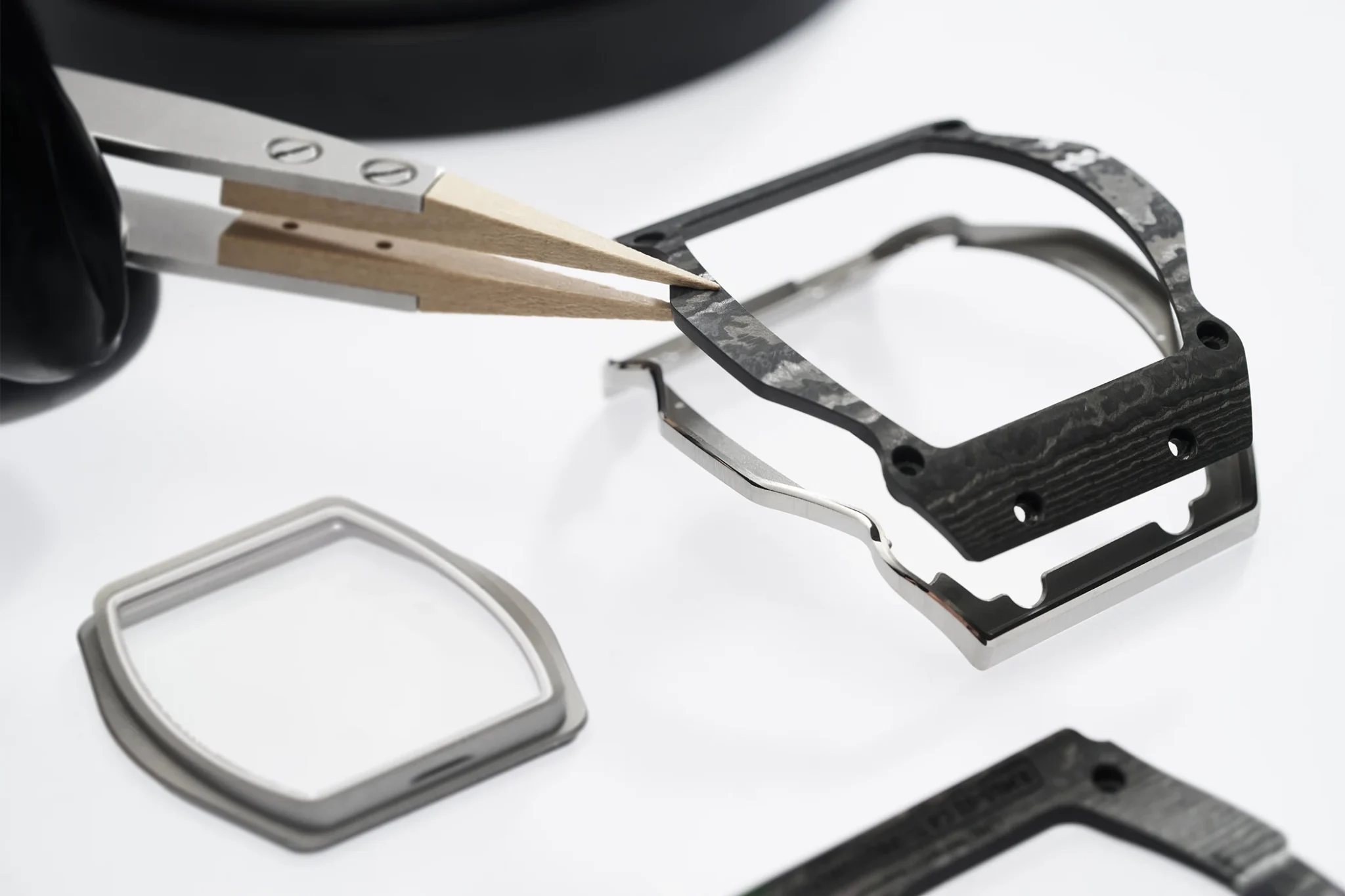
The design that the W1 imposed on the developers makes for the thinnest titanium bezel that the brand has ever produced. The element, which alone took nine months of development and eight prototype designs, is just 0.50 mm thin at its narrowest point. Nevertheless, in order to capture the carbon look that is emblematic of Richard Mille, the decision was made to combine a grade 5 titanium bezel with a second bezel made of carbon TPT. Its notches reveal the carbon TPT caseband, giving the case additional depth and contour.
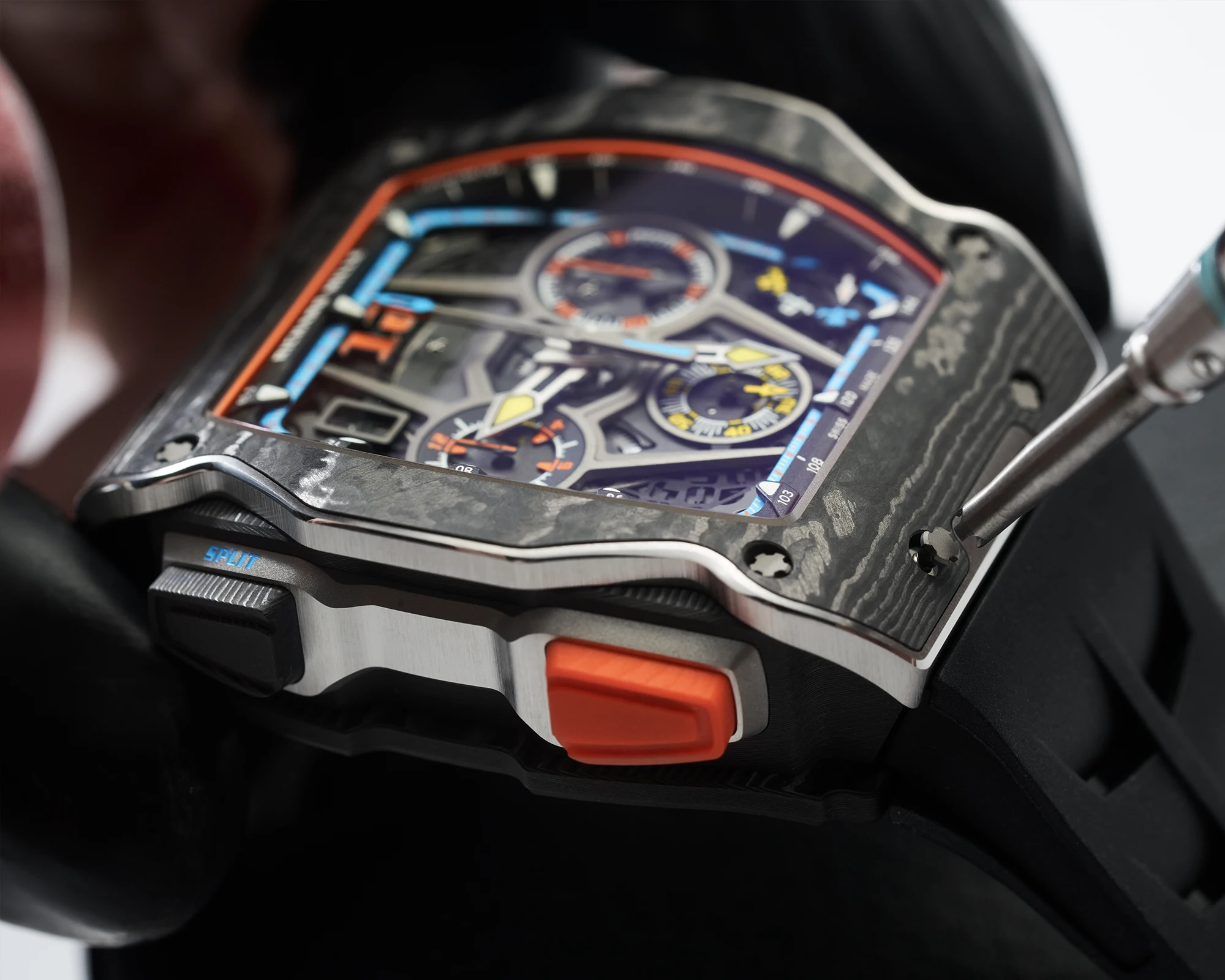
The familiar function selector crown, which works like a manual gearstick and allows the wearer to choose between three different positions, adds further accents: W for ‘Winding’ (winding), D for ‘Date’ (date) or H for ‘Hands’ (hands). It is modelled on the gearing of the W1 drive train and also features a rubber coating in McLaren’s ‘Papaya Orange’ and the brand’s ‘Speedmark’ logo. Instead of the conventional method of pulling, the adjustment is made using an integrated pusher.
The dial
The pinnacle of McLaren watches, the dial is where functionality and symbolism come together as one. The dial, which is based on the 65-01 from 2020, was further developed by the brand into a new skeletonised titanium dial that picks up on the spokes of a McLaren rim pattern and colour accents that are characteristic of the sports car manufacturer. The tips of the hour and minute hands are coloured yellow, while McLaren’s famous ‘Papaya Orange’ is used on the subdial counters of the 12-hour and 30-minute chronograph. The brand also decided to use yellow on the 60-second counter at six o’clock and blue to differentiate the split-tip seconds hand from the regular orange seconds hand in the centre. A tachymetre scale, highlighted in both blue and orange, allows the chronograph to be used for speed and distance calculations.
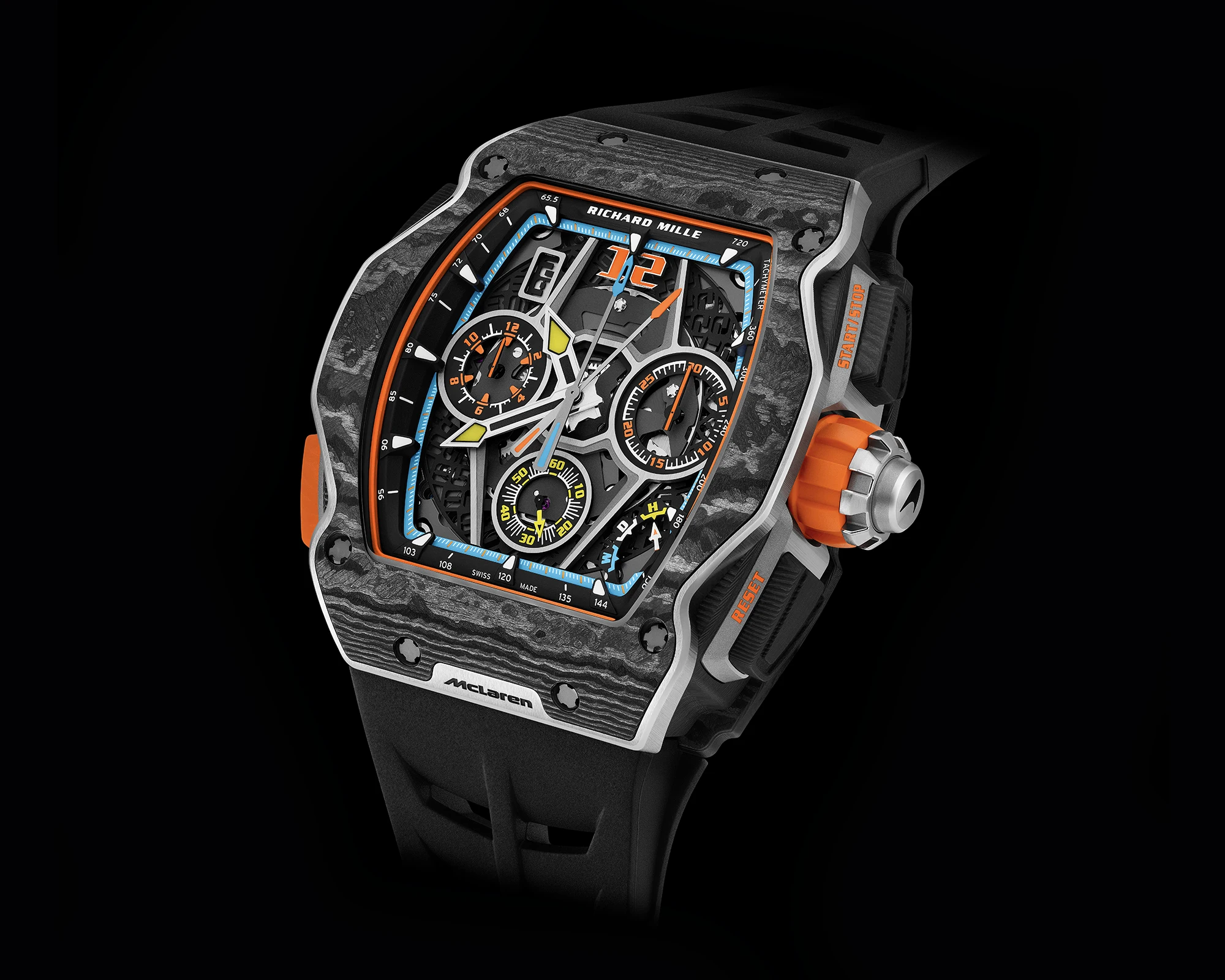
This works as follows: the split-seconds chronograph, or Rattrapante chronograph, is equipped with an additional hand, the split-seconds hand, which enables intermediate times to be recorded. This hand runs parallel to the stop second hand and can be uncoupled for intermediate measurements. Both hands start simultaneously. If the additional button is pressed at the 10 o’clock position, the split-second hand stops while the stop-second hand continues to run and can be stopped independently. By pressing the button again, the split-seconds hand resets below the stop-seconds hand and resumes running in sync with it.
The movement
When choosing the movement for the RM 65-01 McLaren W1, one thing was clear: it had to be a movement capable of measuring time to the nearest tenth of a second. The 480-part RMAC4 movement of the original RM 65-01, with its variable geometry rotor that can be adapted to the wearer’s lifestyle, proved to be perfect for the job. The culmination of almost five years of development, it was the first automatic split-seconds movement in the brand’s history.
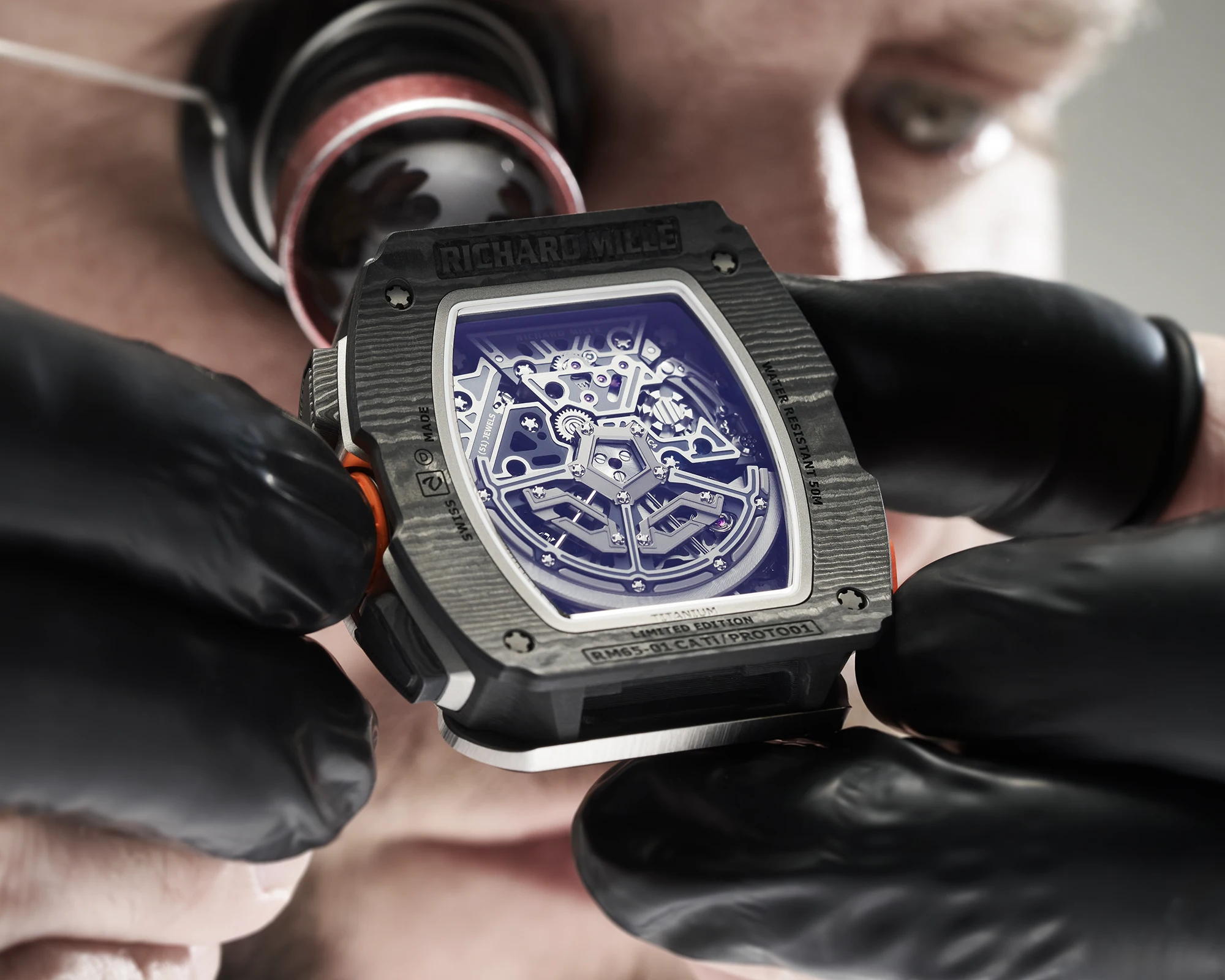
It features a quick-wind function that allows the 60-hour power reserve to be fully rewound by pressing the special orange-coloured quartz TPT pusher several times. If it is pressed 125 times, the Swiss timepiece offers a power reserve of around 60 hours. The RMAC4 movement beats at the slightly rare rate of 5 Hz or 36,000 vibrations per hour.
What makes the connection between Richard Mille and McLaren so special?
Finally, the question remains as to what exactly makes the ten-year partnership between Richard Mille and McLaren, now in its ninth year, so special. Where are the parallels and why do the two brands fit together so well?
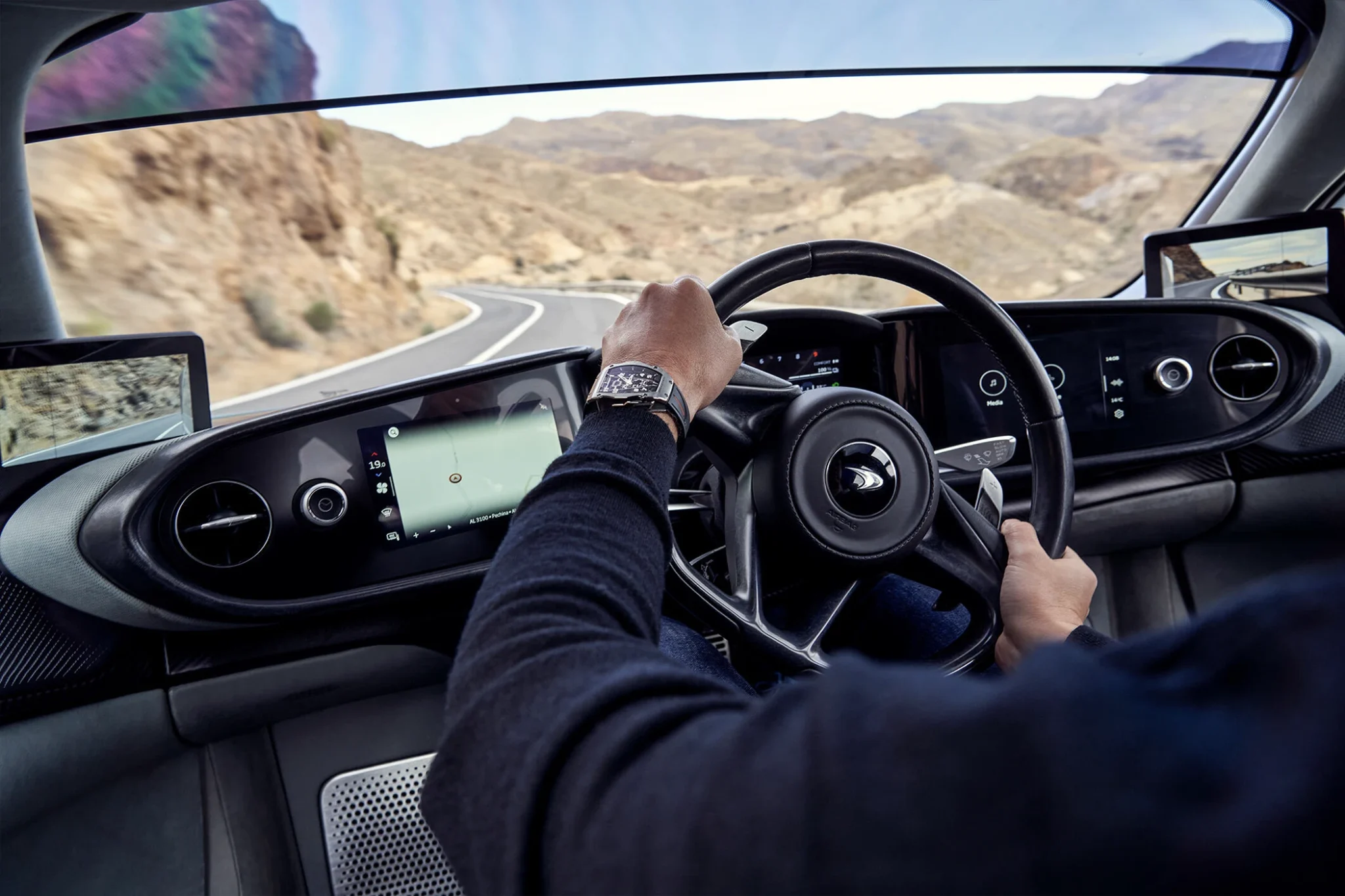
Credit © John Wycherley
The two brands are upstarts with little history in comparison to their competitors, but they have nevertheless embraced tradition in their respective fields, breaking with established conventions and pushing the boundaries of what is technically possible. Richard Mille’s story began in 2001, when the first Richard Mille watch, the RM-001, made its mark with a tourbillon regulator and a six-figure price tag. This was the first time the brand stood out from the crowd – and it did so with great fanfare. McLaren, on the other hand, has only been focusing on the production of road vehicles since 2010 with the founding of McLaren Automotive, which led to the development of the P1TM in 2013. Three years later, McLaren Racing joined forces with Richard Mille for the first time.
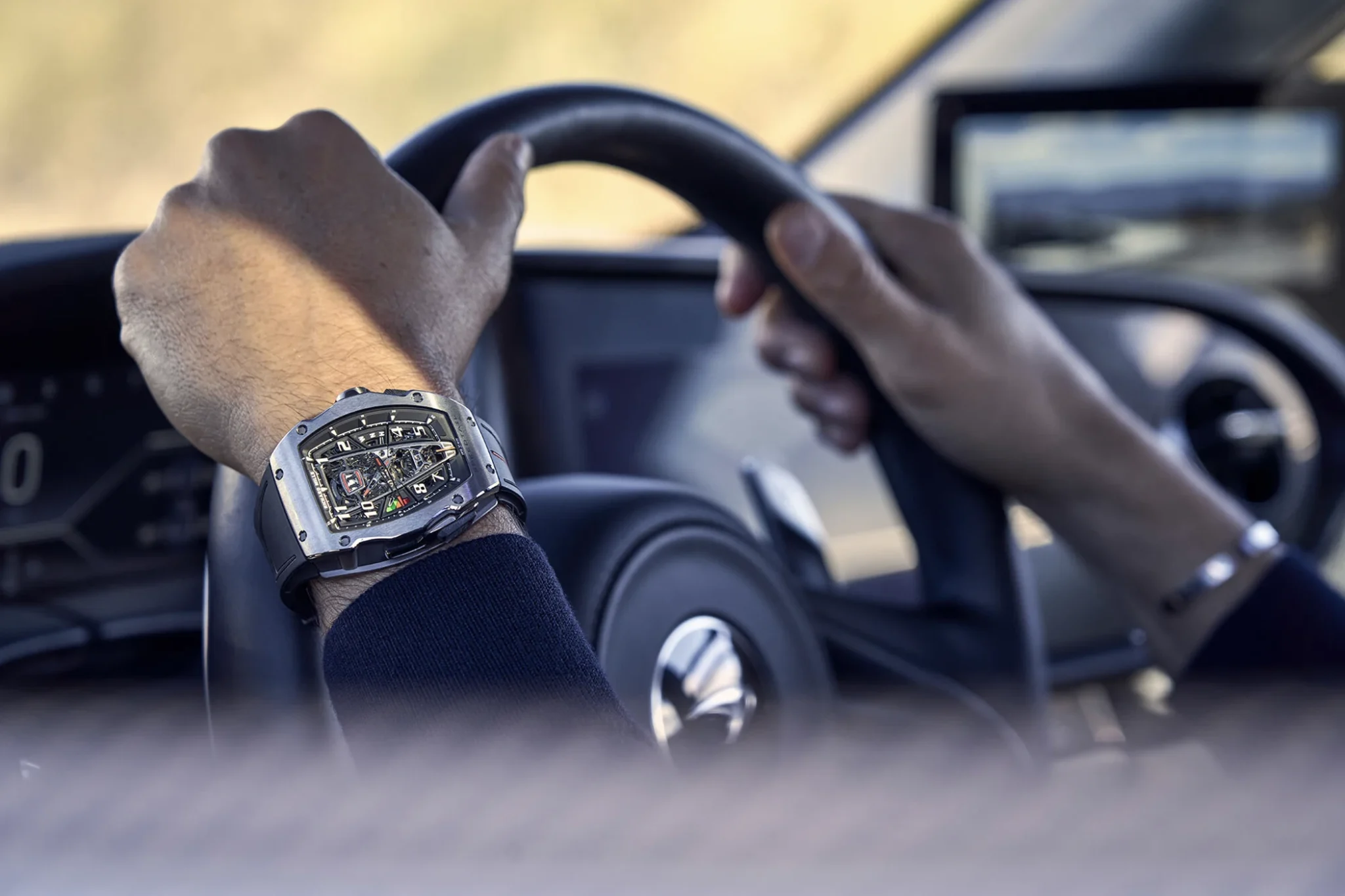
Credit © John Wycherley
Today, Richard Mille watches and McLaren cars are more than ‘just’ timepieces or automobiles thanks to their shared use of exceptional materials, no less exceptional prices, and the craftsmanship that goes into them: they are status symbols that are instantly recognisable thanks to a consistent and powerful design philosophy.
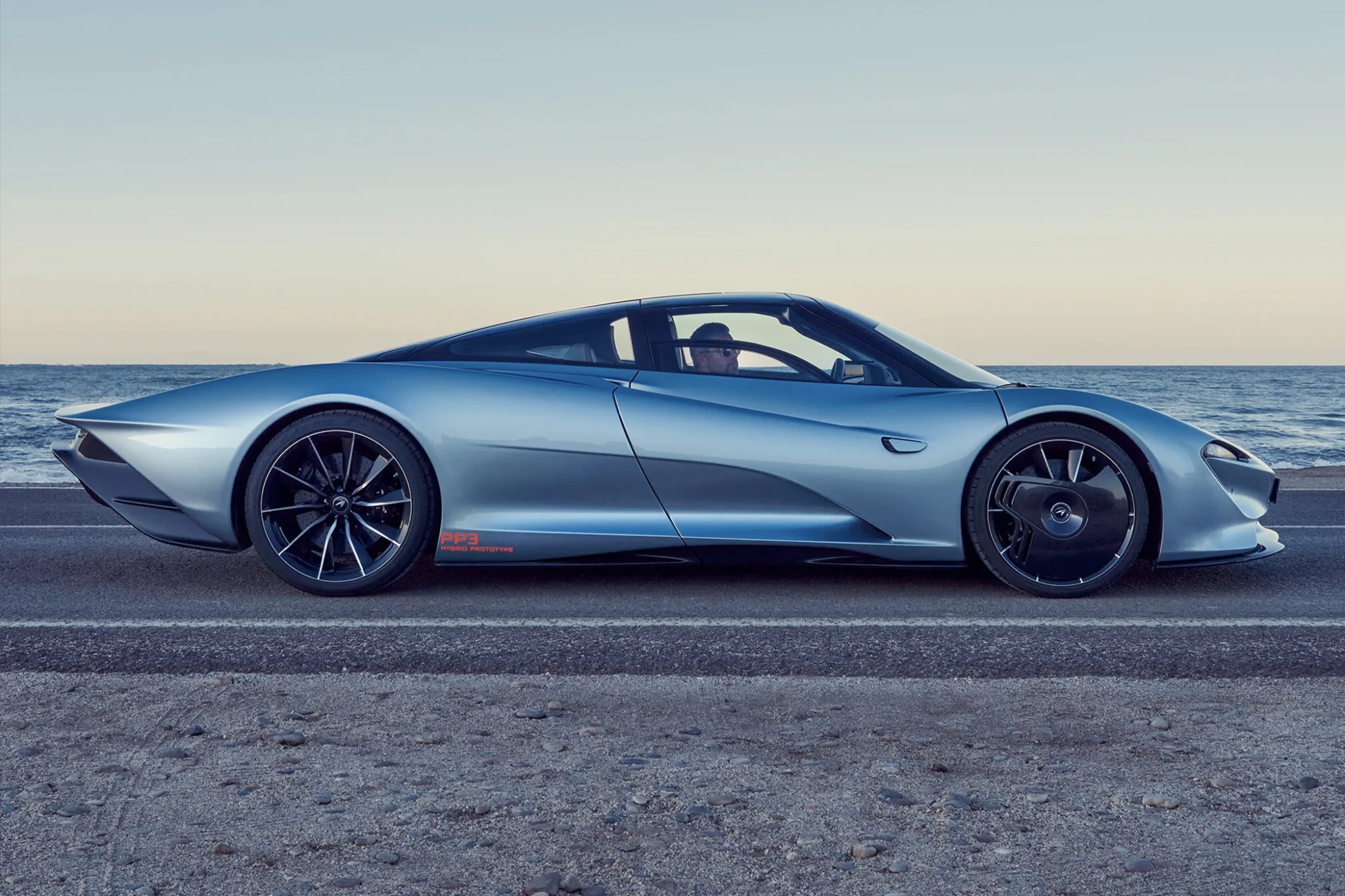
Credit © John Wycherley
